My Deep Sky Observations with the Vespera (Complete List of Observed DSO)
List of Observed Sky Objects | Remarks | References
Since the end of July 2022, I own a Vaonis Vespera telescope for observing and taking photos of deep sky objects. On this page, I collected all the sky objects that I visited with the Vespera (about 160 different sky objects).
Note: As I sold my Vespera in June 2024, no more new photos will be added.
Note: See also
- My Visual Deep Sky Observations (Complete List of Visually Observed DSO)
- My Visual Deep Sky Observations with my Electronic Telescopes (Complete List of Observed DSO)
- My Deep Sky Observations with the eVscope (Complete List of Observed DSO) Archive
- My Deep Sky Observations with the eVscope 2 (Complete List of Observed DSO) Archive
- My Deep Sky Observations with the Vespera (Complete List of Observed DSO) Archive
- My Deep Sky Observations with the Vespera Pro (Complete List of Observed DSO)
- My Deep Sky Observations with the Atik Infinity (Complete List of Observed DSO) Archive
- My Deep Sky Observations with the ZWO ASI224 (Complete List of Observed DSO) Archive
The linked object numbers lead to the detail pages for the respective objects; these typically contain at least one photo from each observation sesssion as well as further information about the object.
List of Observed Sky Objects
Object details can be obtained using the links to the relevant deep sky objects. Smaller deep sky objects that are also included in photos are usually not listed on their own.
|
DSO Details
|
Name | Constellation | Type | Photo | Remarks |
| B 33 | Horse Head Nebula | Orion | GN/DN | 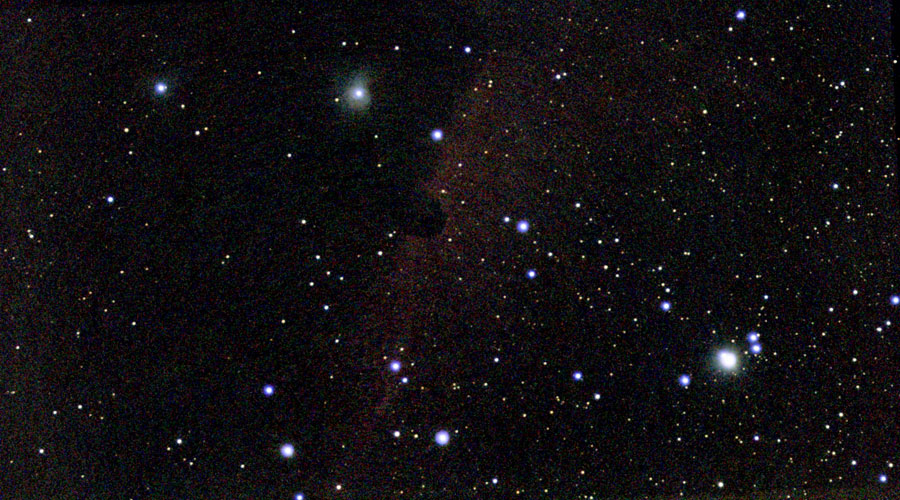 |
Alone and together with NGC 2024 in a mosaic; plus NGC 2023 close to B 33 |
| B 142/43 | Triple Cave Nebula, E Nebula | Aquila | DN | 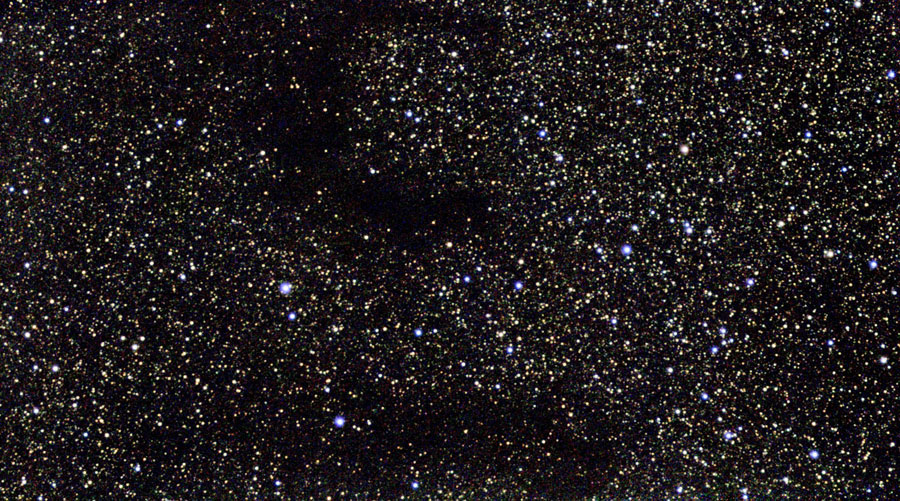 |
Difficult to recognize |
| CR 399 | Coat Hanger | Vulpecula | OC | 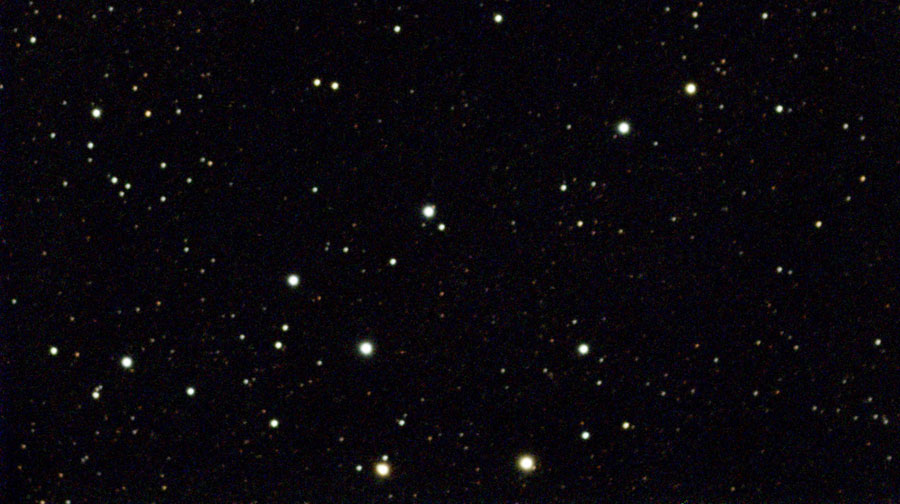 |
In binoculars better to see than in a telescope |
| IC 405 | Flaming Star Nebula | Auriga | GN | 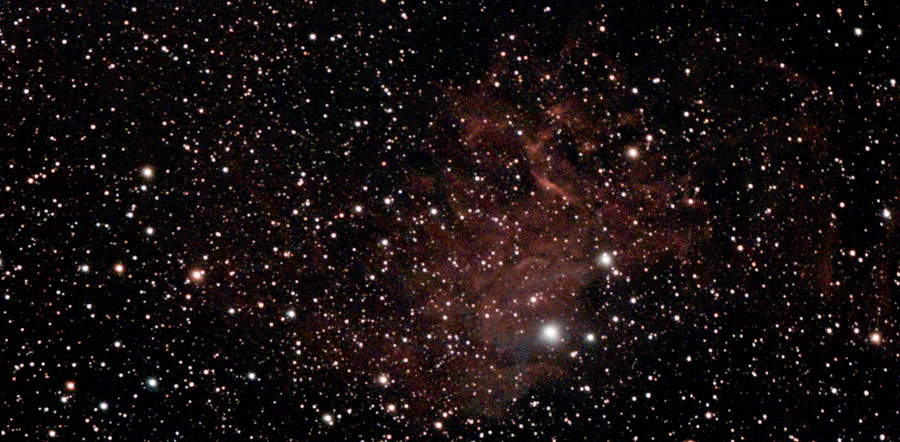 |
Reddish nebula; as mosaic together with IC 410; with filters |
| IC 410 | Tadpole Nebula | Auriga | GN | 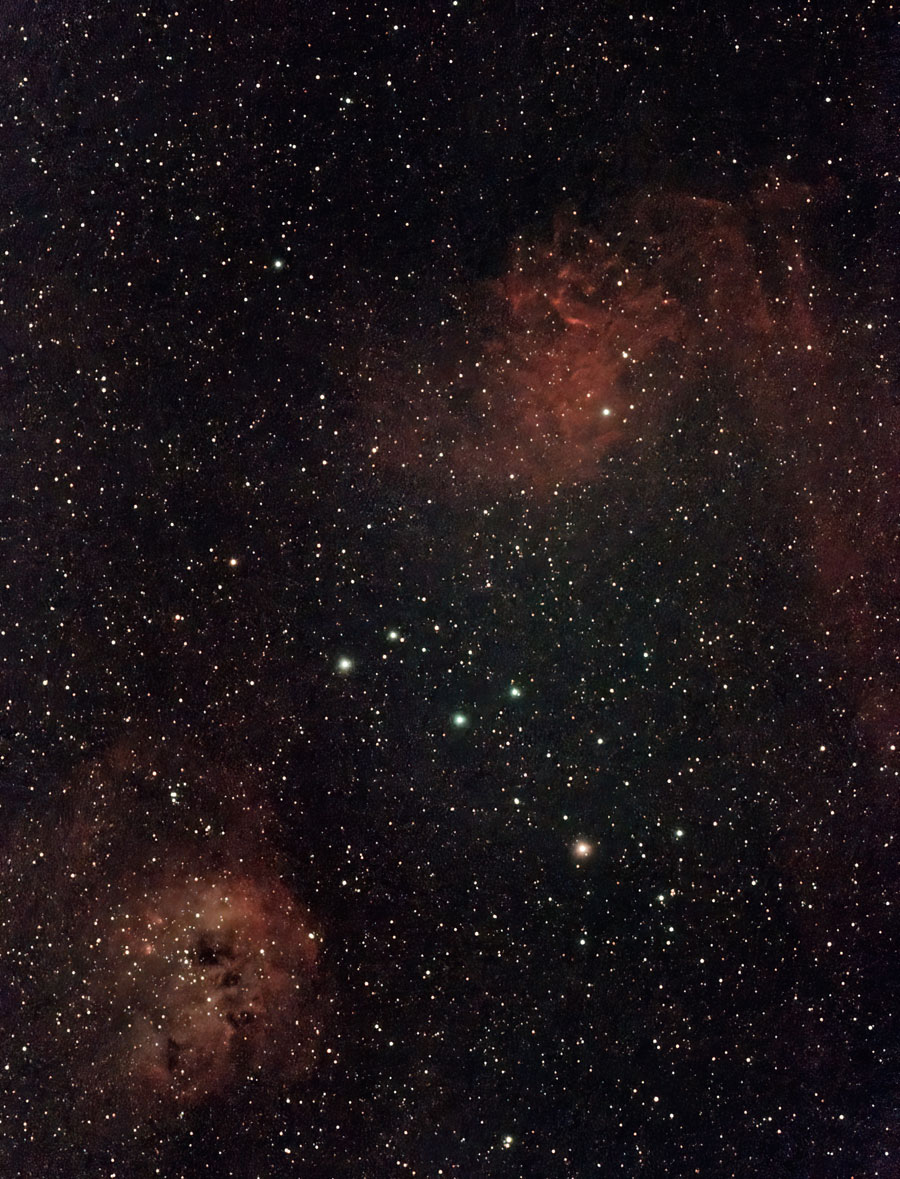 |
IC 405 (on top) and IC 410 (at the bottom) can be observed together in the mosaic mode of Vespera; IC 410 can be observed together with M 36, IC 417, and NGC 1931 in a Vespera mosaic. |
| IC 417 | Spider Nebula, with NGC 1931, M 36 und IC 410 | Auriga | GE |  |
Emission nebula with embedded open star cluster; with NGC 1931, M 36, and IC 410 in a Vespera mosaic |
| IC 443 | Jellyfish Nebula | Gemini | SR | 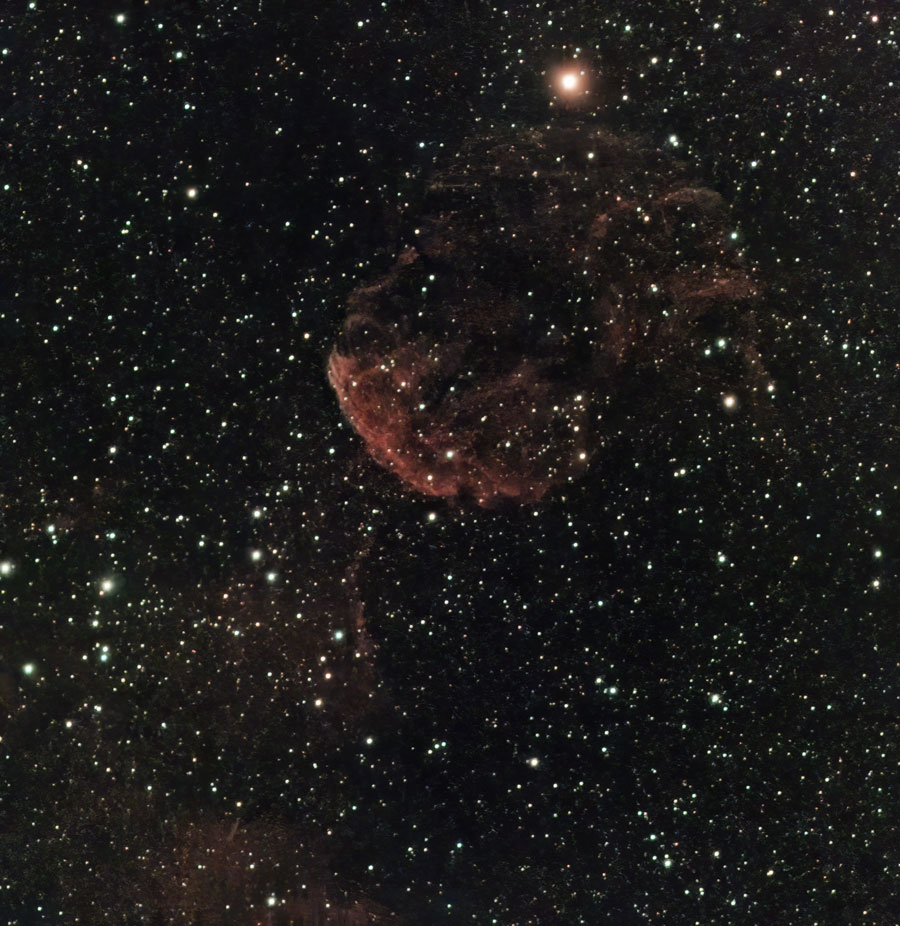 |
Reddish nebula, supernova remnant |
| IC 447 | Dreyer's Nebula | Monoceros | GR | 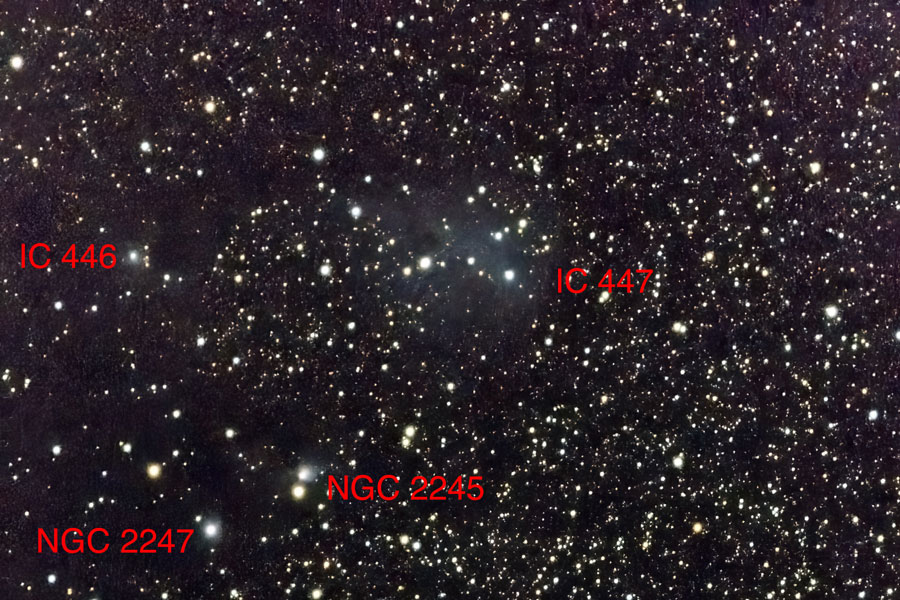 |
Reflection nebula not far from the Christmas Tree Cluster/Cone Nebula NGC 2264 (mosaic section) |
| IC 1396 | Elephant Trunk | Cepheus | GE | 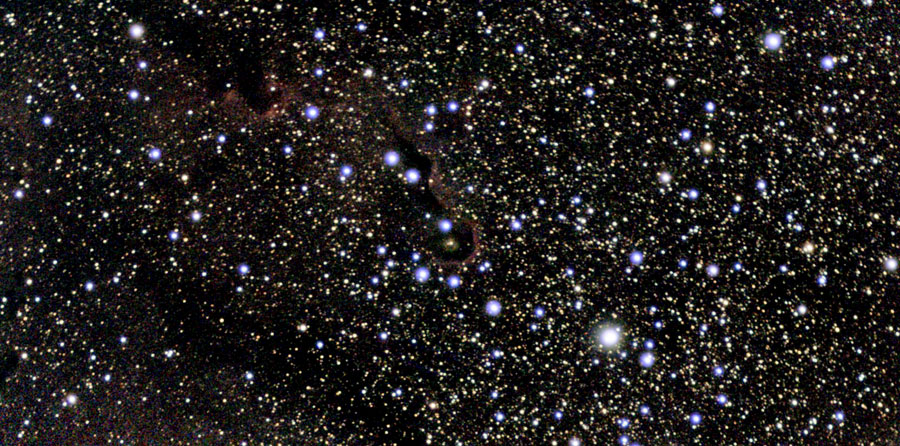 |
Dark nebula; at first hard to see, but later... |
| IC 1795 | Fish Head Nebula | Cassiopeia | GN | 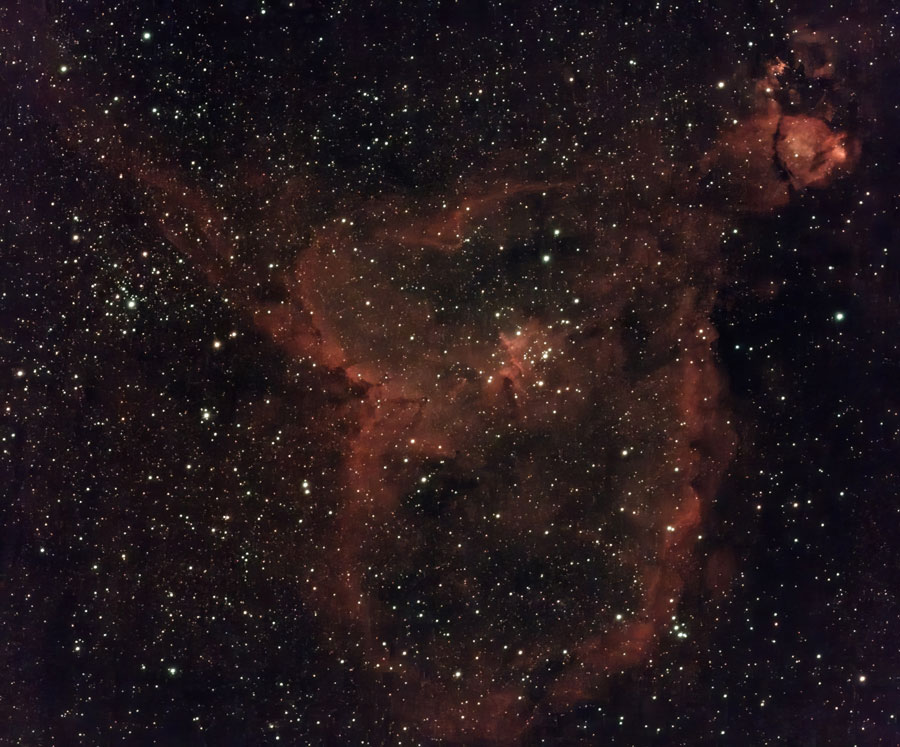 |
The galactic nebulae IC 1795 (also named NGC 896; top right), IC 1805, and IC 1848 form a larger nebulosity region in the constellation Cassiopeia, not far away from the Perseus Double Cluster NGC 869/884. The Fish Head Nebula next to IC 1805 is the brightest region and was therefore discovered first. |
| IC 1805 | Heart Nebula | Cassiopeia | GN/OC |  |
The galactic nebulae IC 1805, IC 1848, and IC 1795 (also named NGC 896) form a larger nebulosity region in the constellation Cassiopeia, not far away from the Perseus Double Cluster NGC 869/884. |
| IC 1848 | Soul Nebula | Cassiopeia | GN/OC |  |
The galactic nebulae IC 1805, IC 1848, and IC 1795 (also named NGC 896) form a larger nebulosity region in the constellation Cassiopeia, not far away from the Perseus Double Cluster NGC 869/884. |
| IC 2118 | Witch Head Nebula | Eridanus | GN | 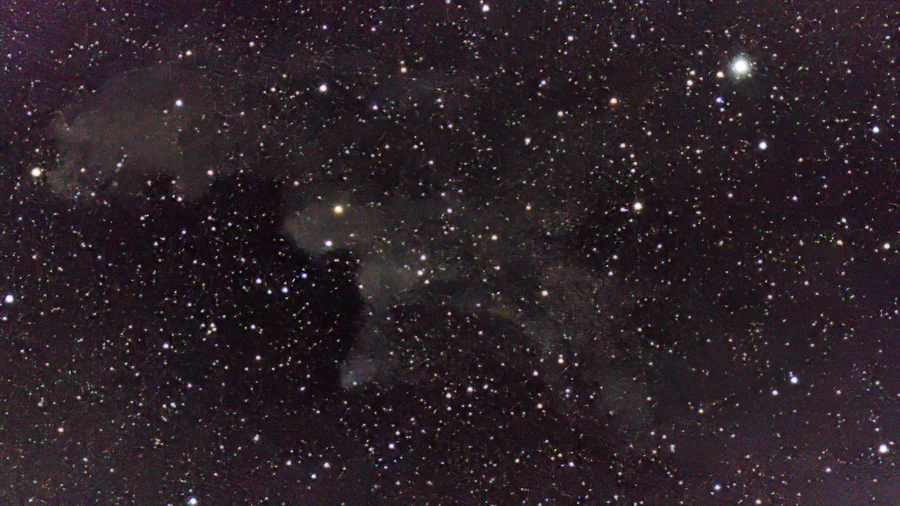 |
Not really recognizable. But with denoising a little bit better... |
| IC 2156 | Close to M 35 Close to M 35 | Gemini | OC | 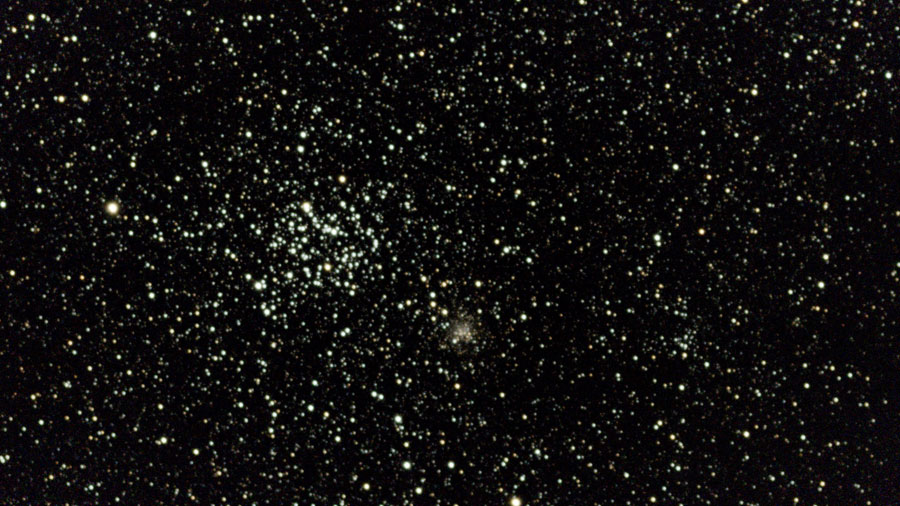 |
Close to each other and M 35, together with it in a Vespera mosaic |
| IC 2157 | OC | ||||
| IC 2177 | Seagull Nebula | Monoceros | GNE | 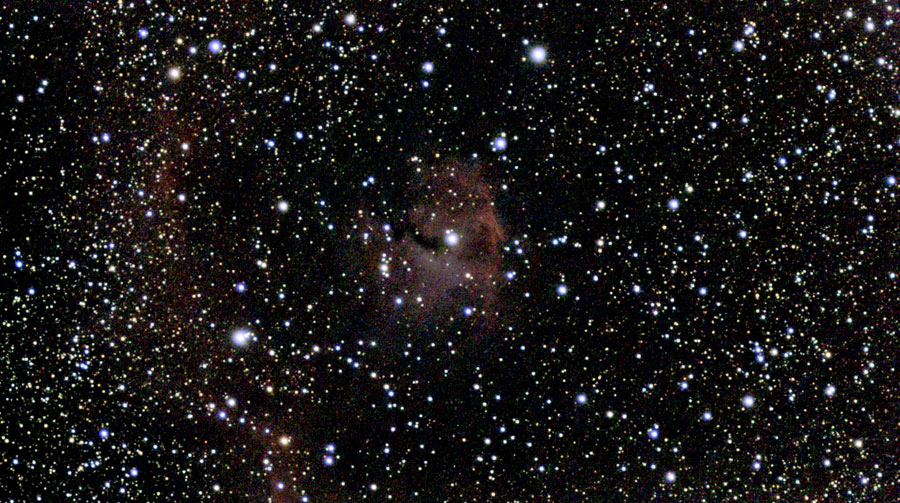 |
Together with M 50 (mosaic) and alone |
| IC 5070 | Pelican Nebula | Cygnus | GNE | 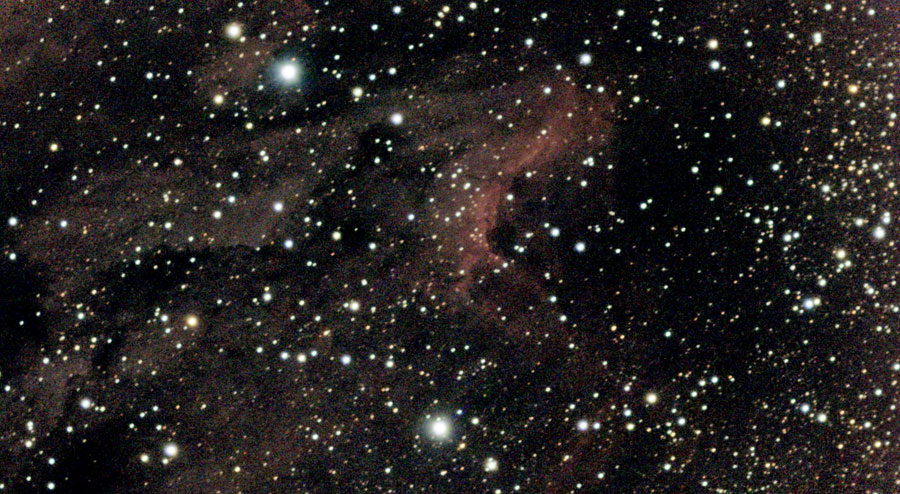 |
Large reddish nebula; also together with NGC 7000 in a mosaic |
| IC 5146 | Cocoon Nebula, with Cr 470 | Cygnus | GNE | 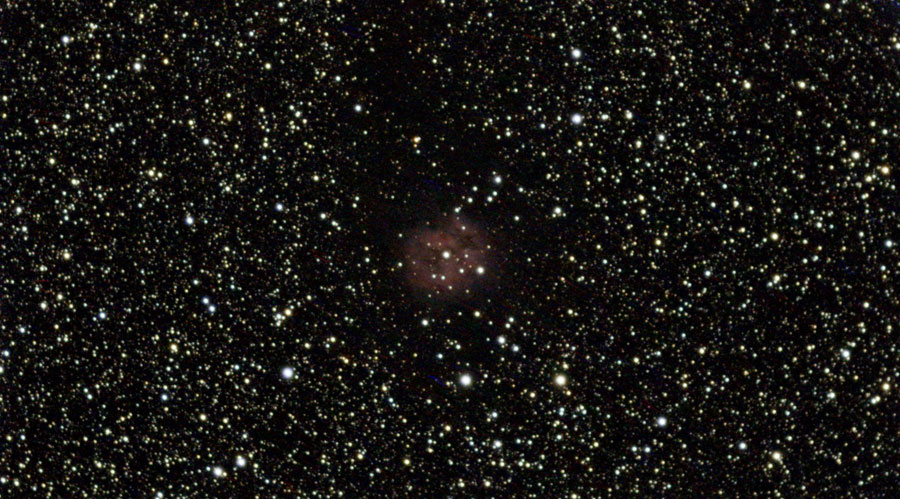 |
Small reddish nebula with embedded open star cluster Cr 470 |
| M 1 | Crab Nebula | Taurus | GE/SR | 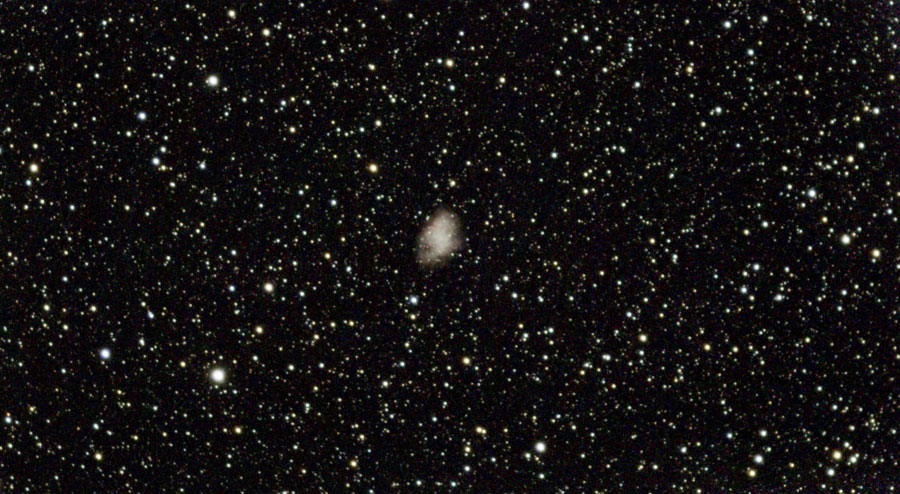 |
Small, but nice; supernova remnant |
| M 2 | Aquarius | GC |  |
Nice globular cluster, one of the larger ones | |
| M 3 | Canes Venatici | GC | 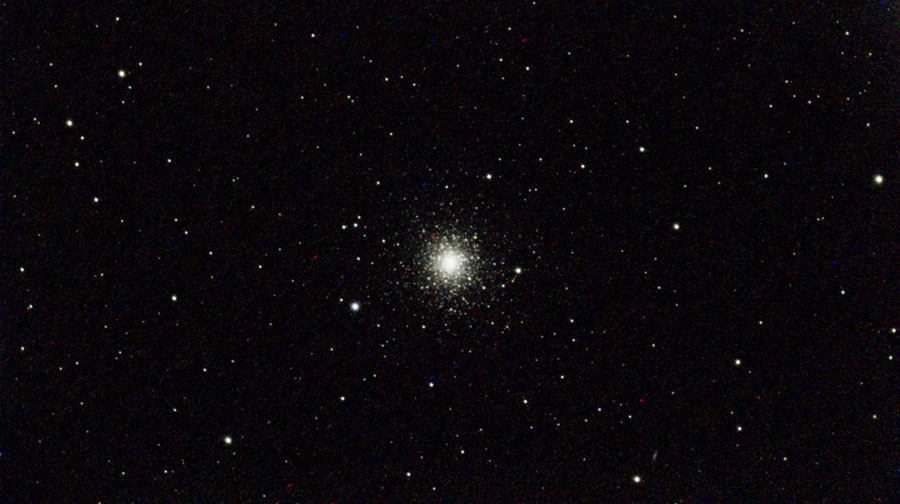 |
Similar to M 5 and M 92; resolved in Vespera | |
| M 5 | Serpens Caput | GC | 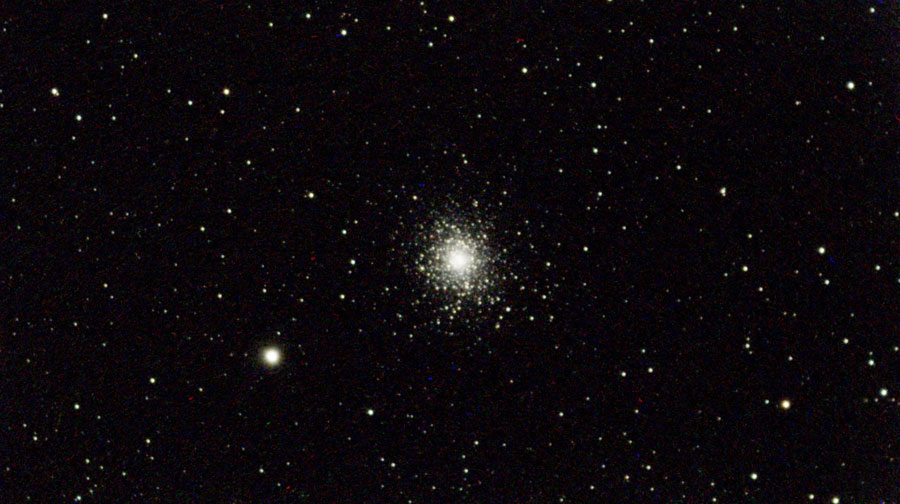 |
Similar to M 3 and M 92; resolved in Vespera | |
| M 10 | Ophiuchus | GC | 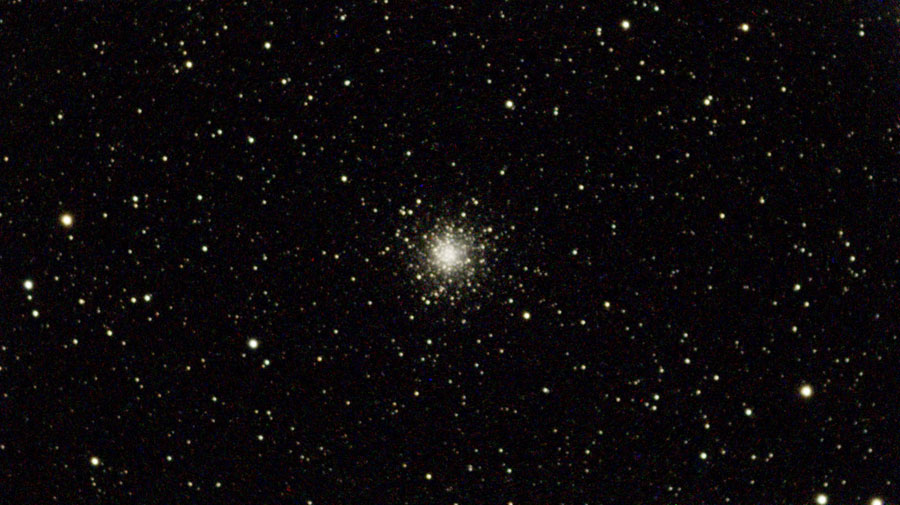 |
Close to M 12; resolved in Vespera | |
| M 11 | Wild Duck Cluster | Scutum | OC | 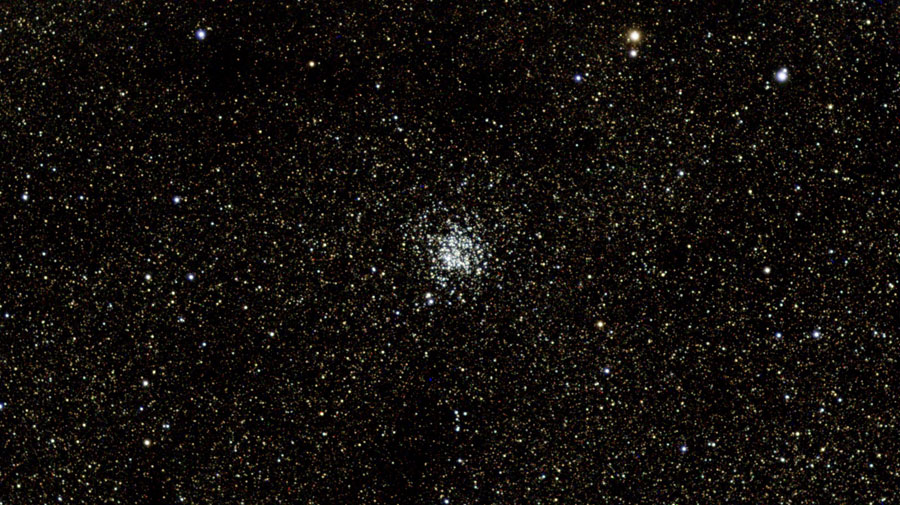 |
Many stars in Vespera |
| M 12 | Ophiuchus | GC | 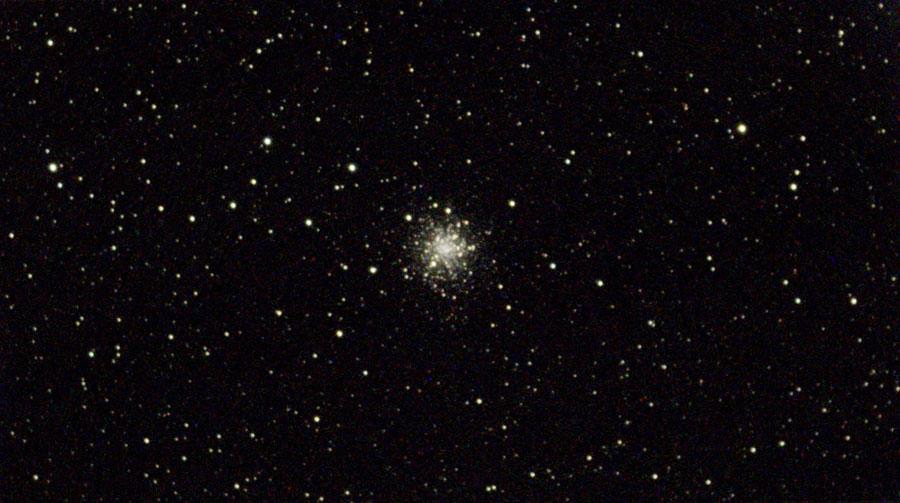 |
Close to M 10; resolved in Vespera | |
| M 13 | Hercules Cluster | Hercules | GC | 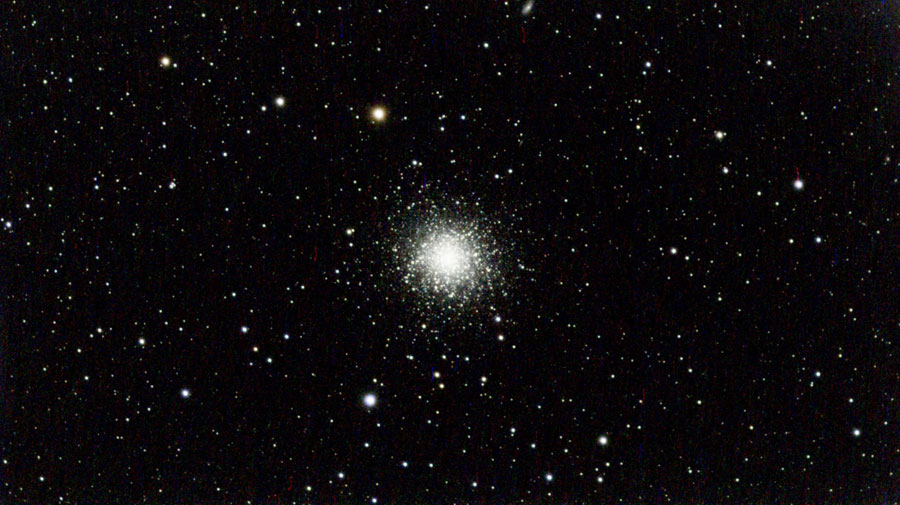 |
Largest observed GC; many stars in Vespera |
| M 14 | Ophiuchus | GC | 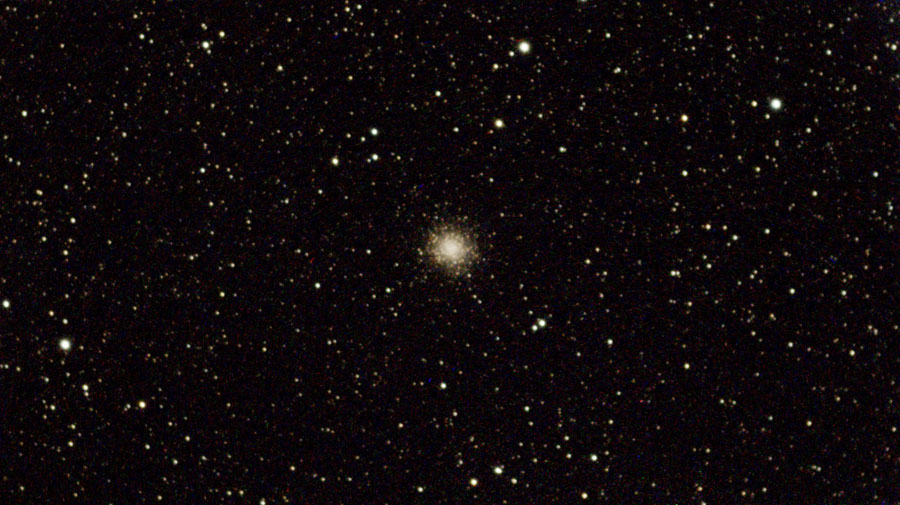 |
Resolved in Vespera | |
| M 15 | Pegasus | GC | 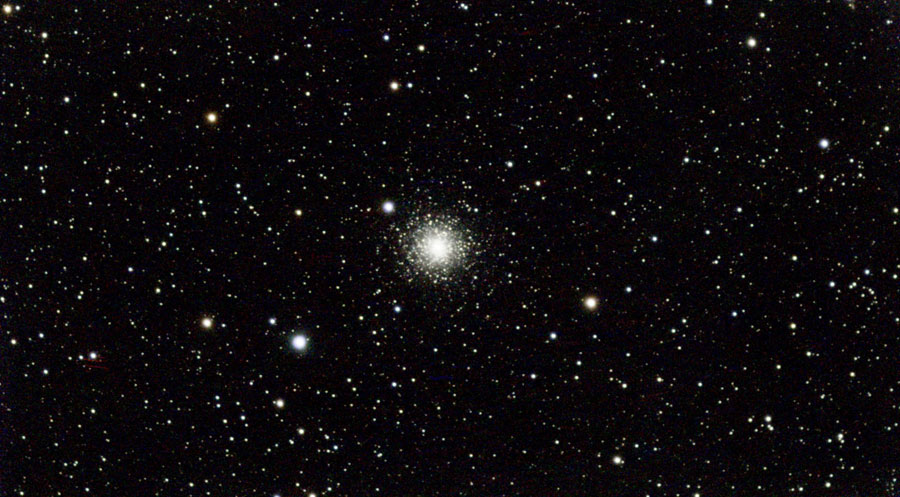 |
Resolved in Vespera | |
| M 16 | Eagle Nebula | Serpens | OS+GN | 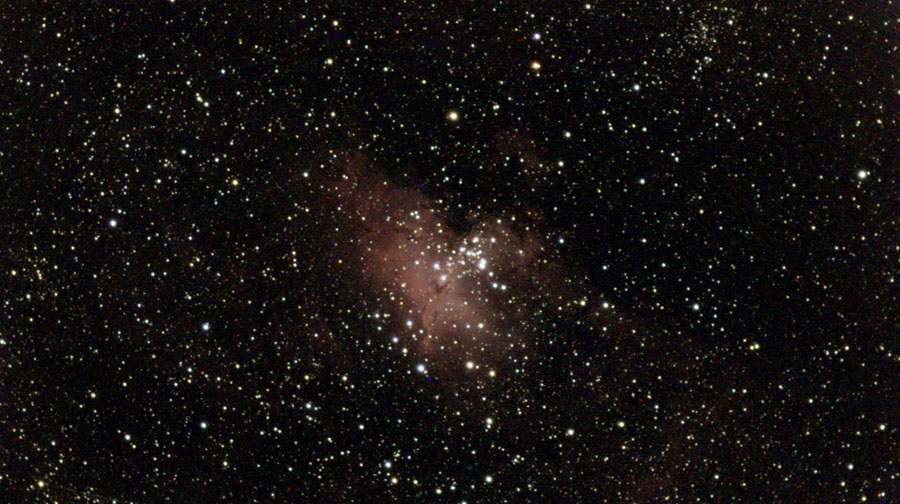 |
Nice in Vespera |
| M 17 | Omega/Swan Nebula | Sagittarius | GE | 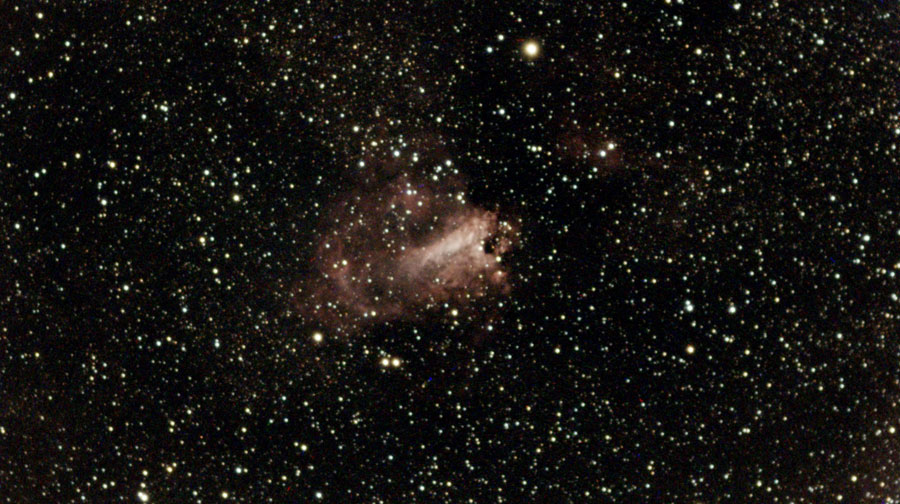 |
Nice in Vespera |
| M 26 | Scutum | OC | 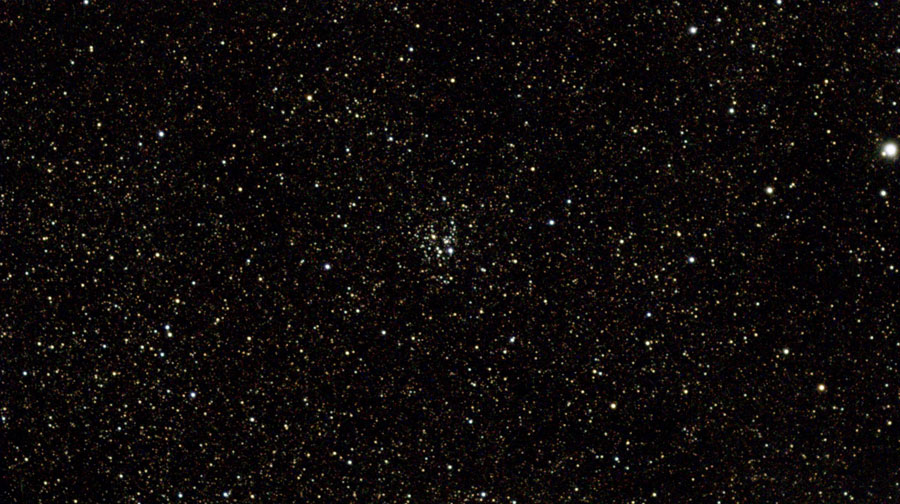 |
One of the more inconspicuous star clusters | |
| M 27 | Dumbbell Nebula | Vulpecula | PN |  |
Nice, but smaller in Vespera than in the eVscope (and less detailed) |
| M 29 | Cygnus | OC | 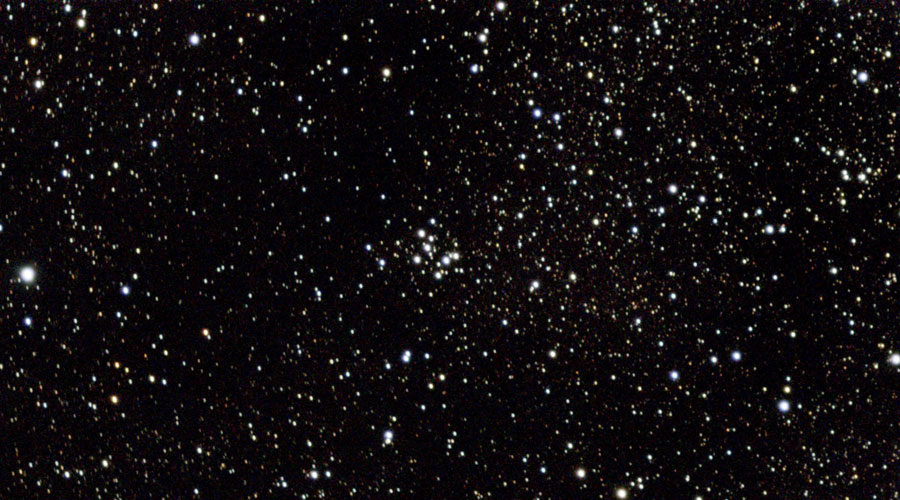 |
Pattern created from a few stars | |
| M 31 | Andromeda Galaxy | Andromeda | G | 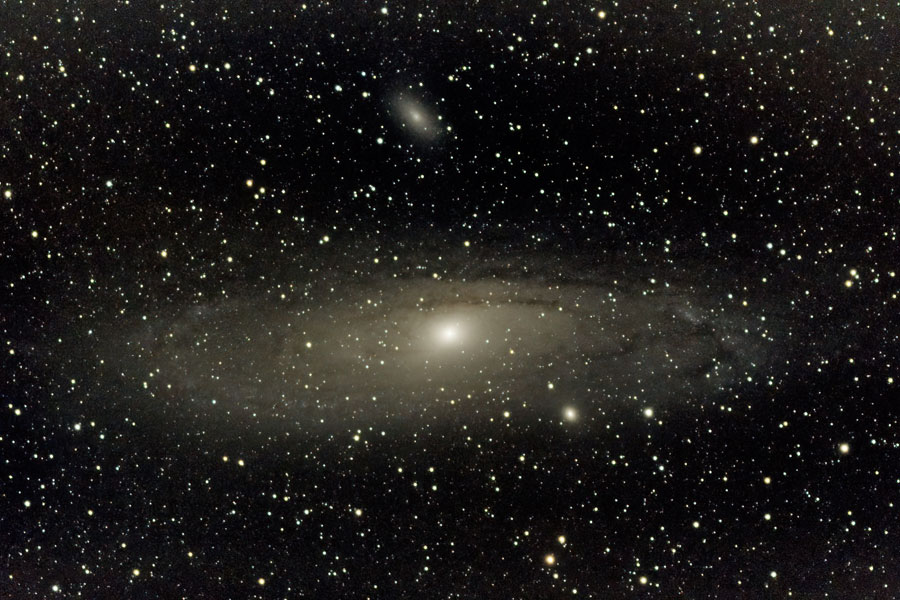 |
Together with M 32 and together with M 32/110 in a mosaic |
| M 32 | Together with M 31 and M 110 | Andromeda | G | 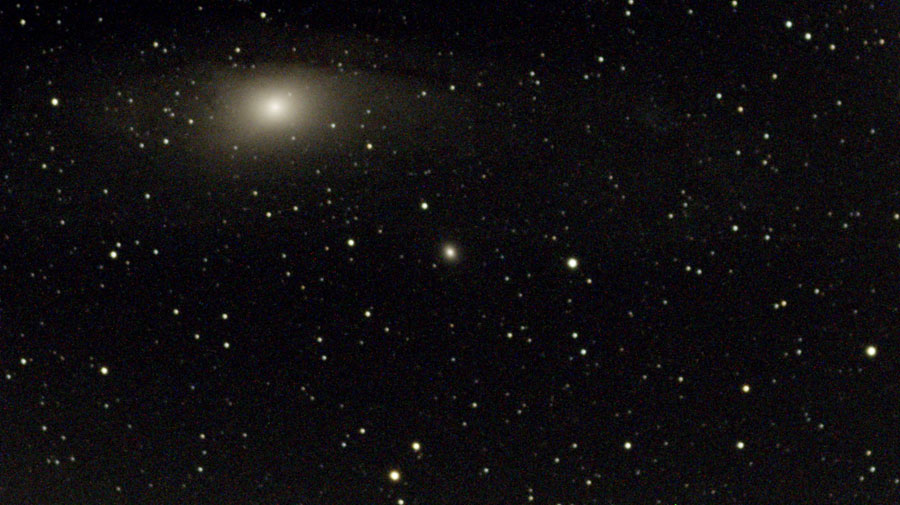 |
Together with M 31 and together with M 31/110 in a mosaic |
| M 33 | Triangulum | G | 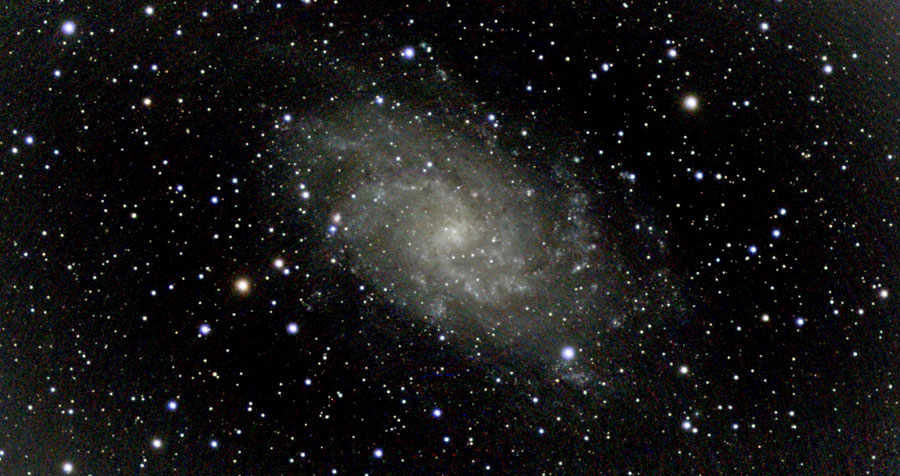 |
Quite impressive | |
| M 34 | Perseus |
OC | 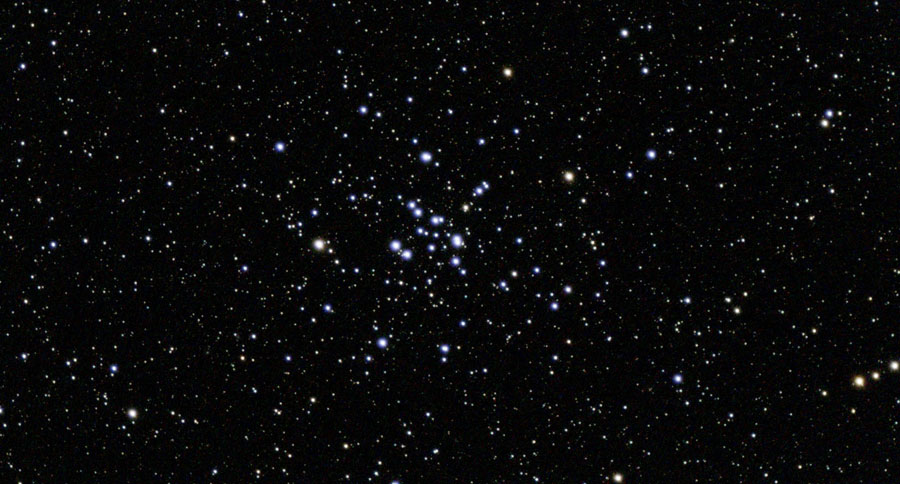 |
Large and nice open star cluster, reminds me of M 41 | |
| M 35 | Together with NGC 2158 and IC 2156/2157 | Gemini | OC |  |
Nice open star cluster, together with NGC 2158 and IC 2156/2157 |
| M 36 | Auriga | OC | 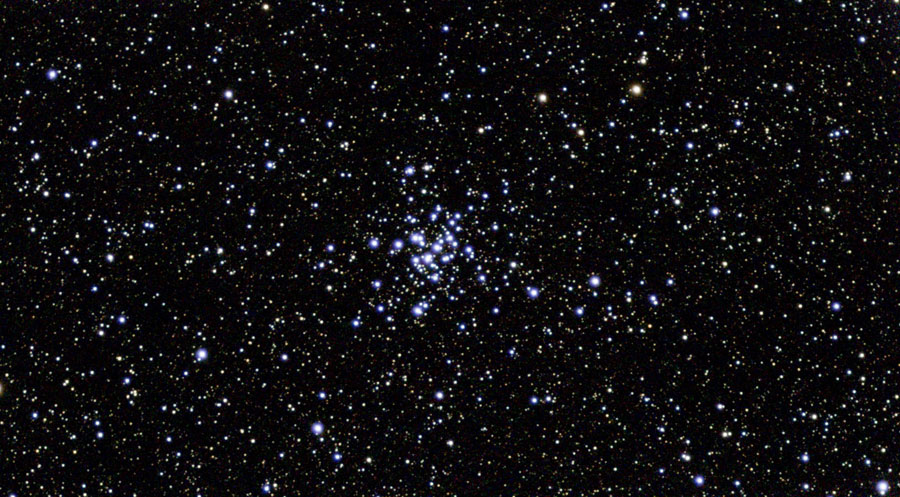 |
Nice open star cluster, the smallest of M 36-38; alone, with M 38 in a mosaic; with IC 410 in a mosaic (plus NGC 1931, IC 417, NGC 1893) | |
| M 37 | Auriga | OC | 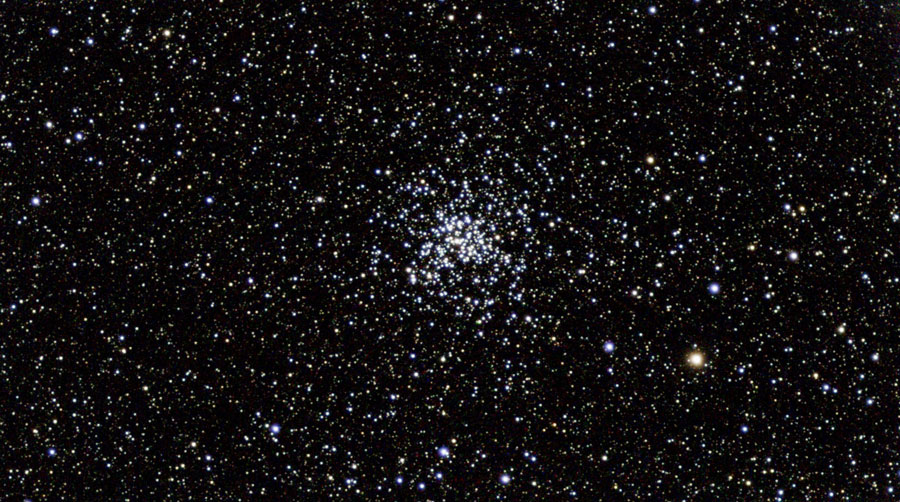 |
Nice open star cluster, the densest of M 36-38 | |
| M 38 | Auriga | OC | 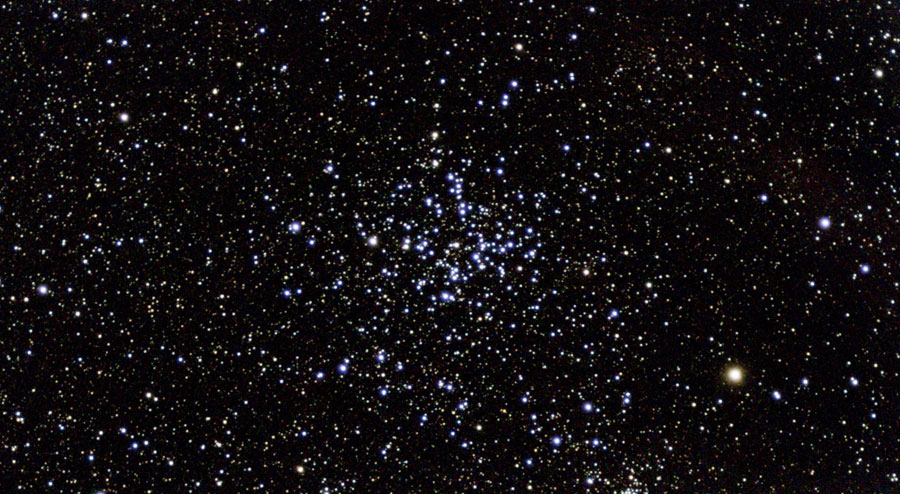 |
Nice open star cluster, the largest of M 36-38; with M 36 in a mosaic | |
| M 39 | Cygnus | OC | 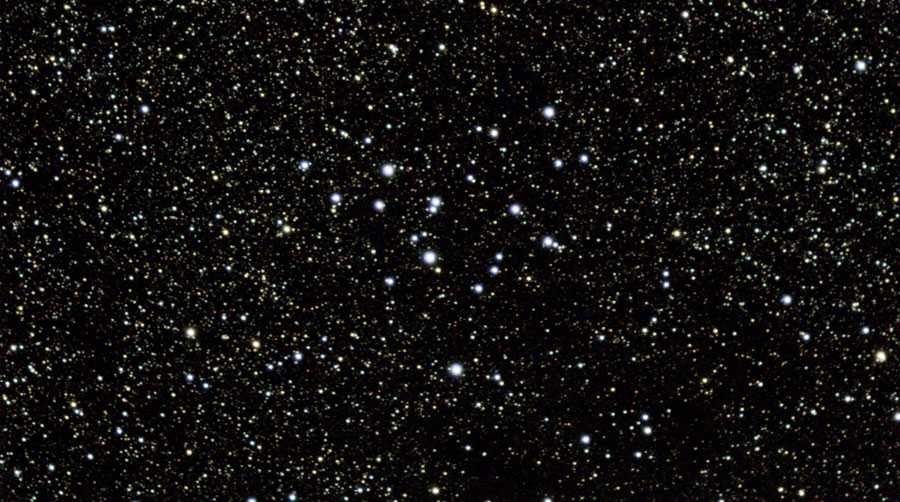 |
Few stars | |
| M 41 | Canis Major | OC | 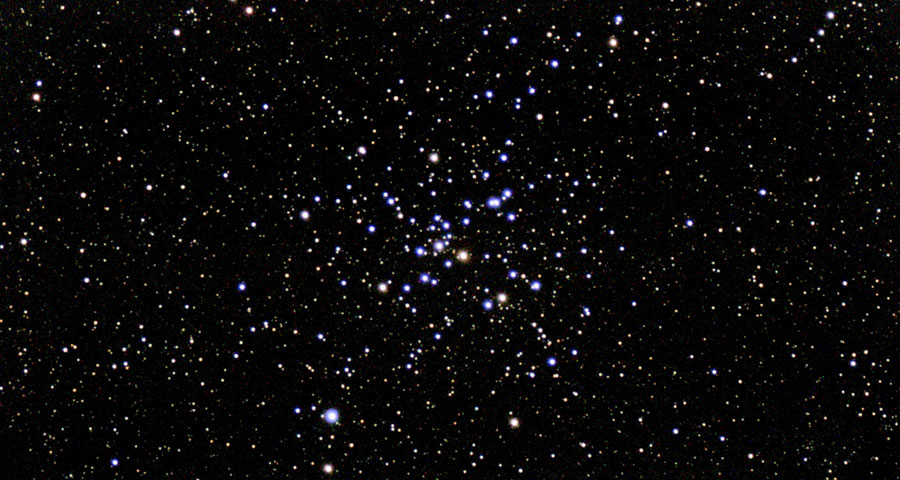 |
Large and nice open star cluster, reminds me of M 34; not as dense as M 35-38 | |
| M 42 | Orion Nebula | Orion | GN | 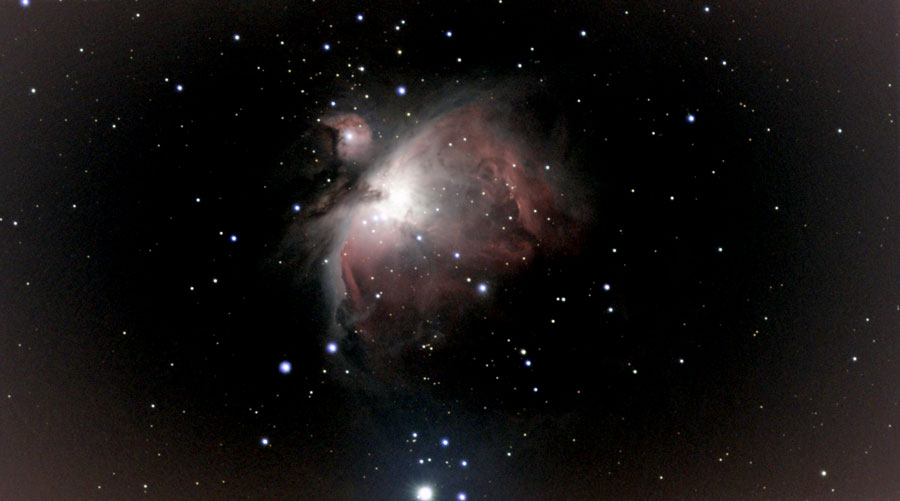 |
Nebula nicely captured; with mosaics, sometimes also NGC 1977 and NGC 1980 are on the photo. |
| M 43 | De Mairan's Nebula | GN | |||
| M 44 | Prasesepe, Crib, Behive Cluster | Cancer | OC | 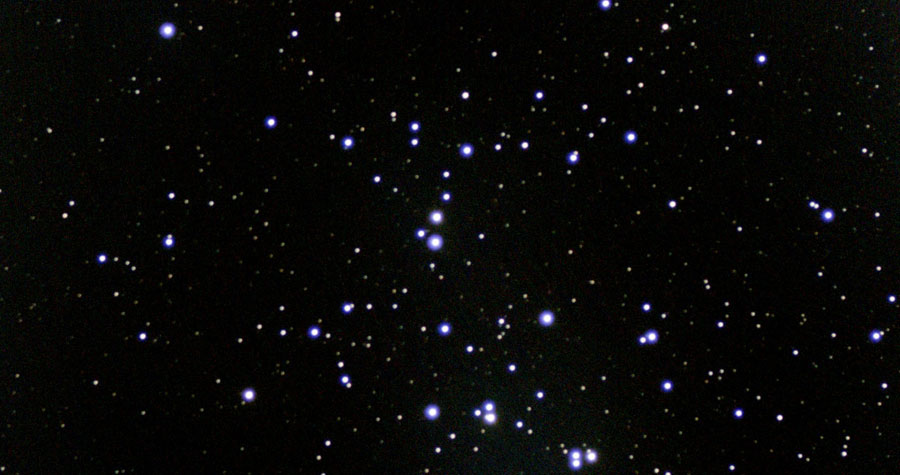 |
Very large, starge were also large on that day |
| M 45 | Pleiades, Seven Sisters | Taurus | OC | 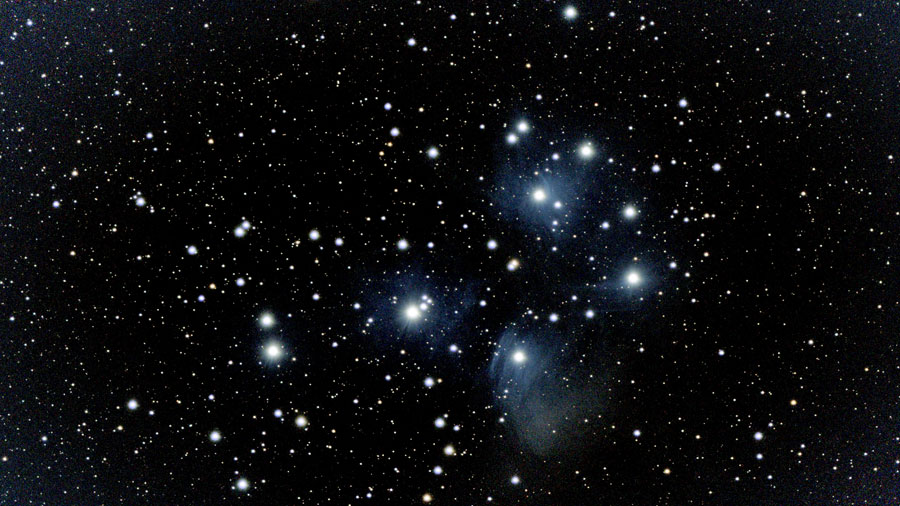 |
Too large for a regular photo with Vespera, but fits a mosaic; hints of the nebulae in M 45 recognizable (NGC 1432, NGC 1435, and more)... |
| M 46 | Includes NGC 2438 (PN); together with M 47 in a mosaic | Puppis | OC | 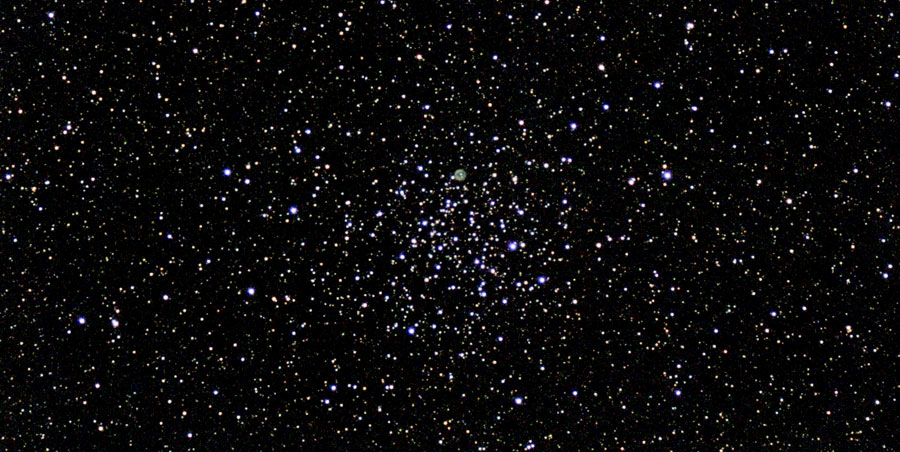 |
Large; includes NGC 2438 (PN); alone and together with M 47 in a mosaic (plus NGC 2423 and 2425) |
| M 47 | Together with M 46 | Puppis | OC | 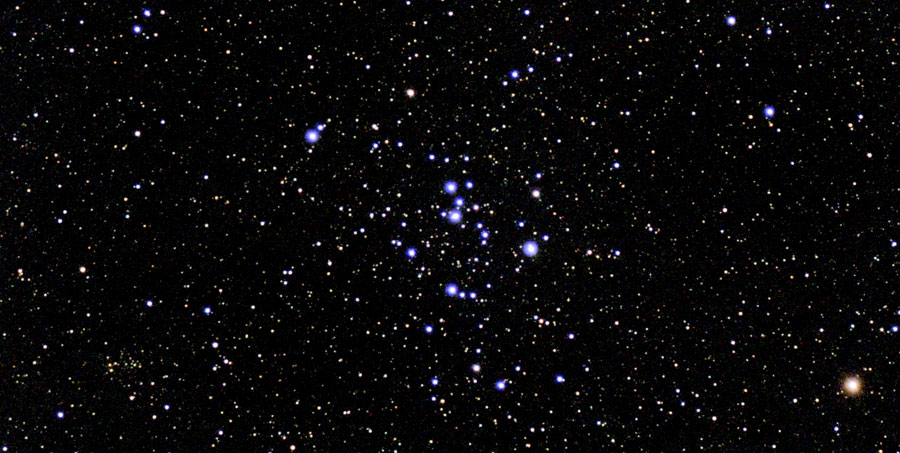 |
Large, contains some large bright stars; alone and together with M 46 in a mosaic (plus NGC 2423 and 2425) |
| M 48 | OC | 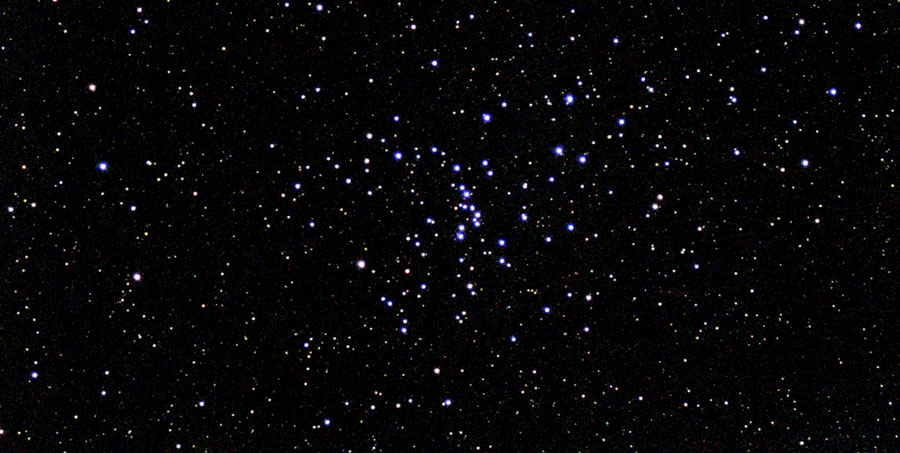 |
Large, many bright stars, at the center many nearby stars... | ||
| M 50 | Together with IC 2177 |
Monoceros | OC | 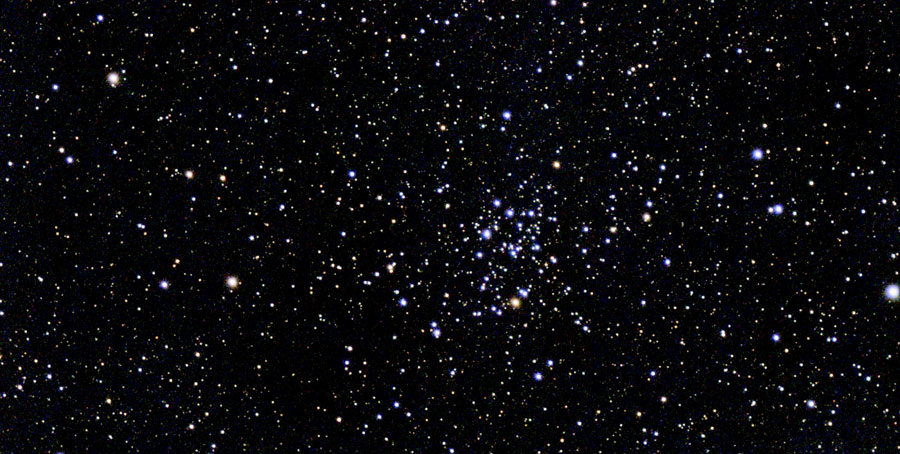 |
Nice large open star cluster with many fine and some bright stars; alone and together with IC 2177 in a mosaic |
| M 51 | Whirlpool Galaxy, together with NGC 5195 | Canes Venatici | G | 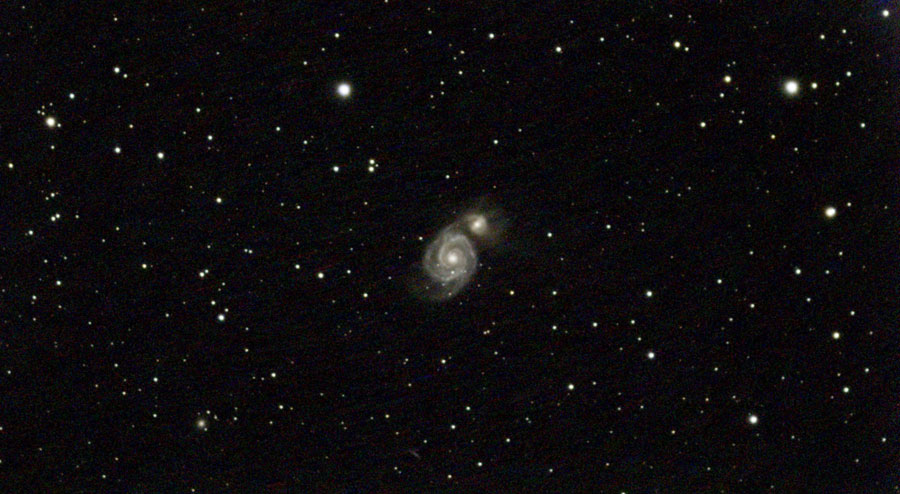 |
Nice spiral galaxy with connected satellite galaxy NGC 5195 |
| M 52 | Cassiopeia | OS | 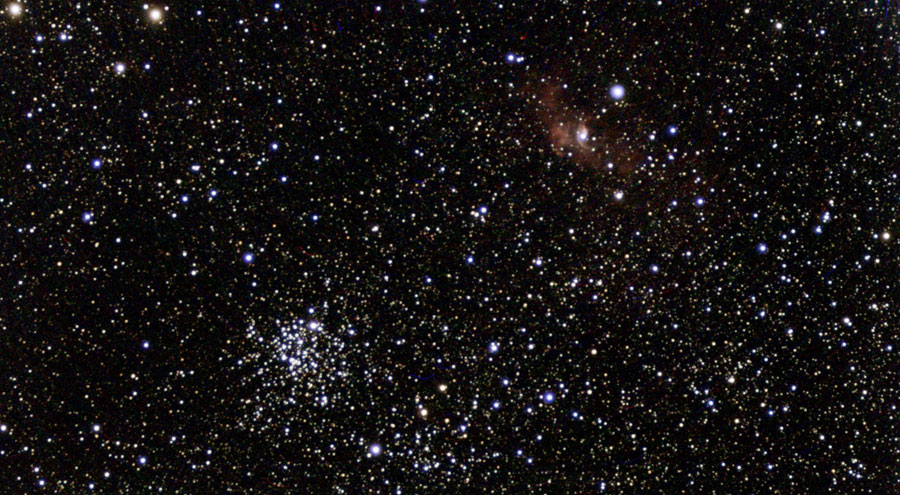 |
Medium-sized open star cluster; can be seen together with NGC 7635 with the Vespera | |
| M 56 | Lyra | GC | 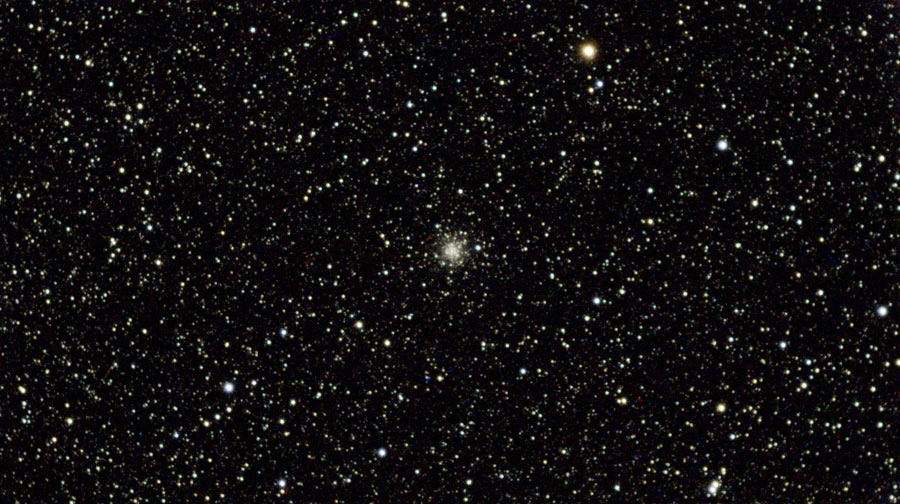 |
Smaller than M 3, M 5, and M 13 | |
| M 57 | Ring Nebula | Lyra | PN | 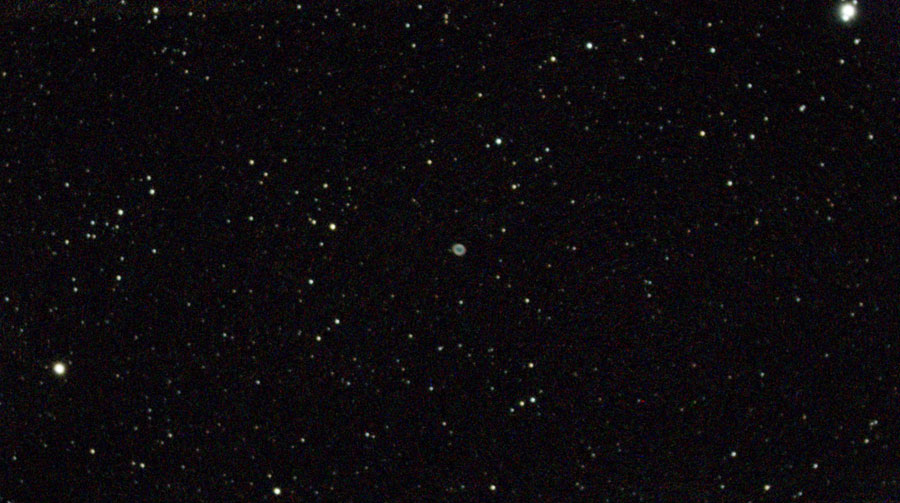 |
Relatively small... |
| M 58 | With M 87 | Virgo | G | 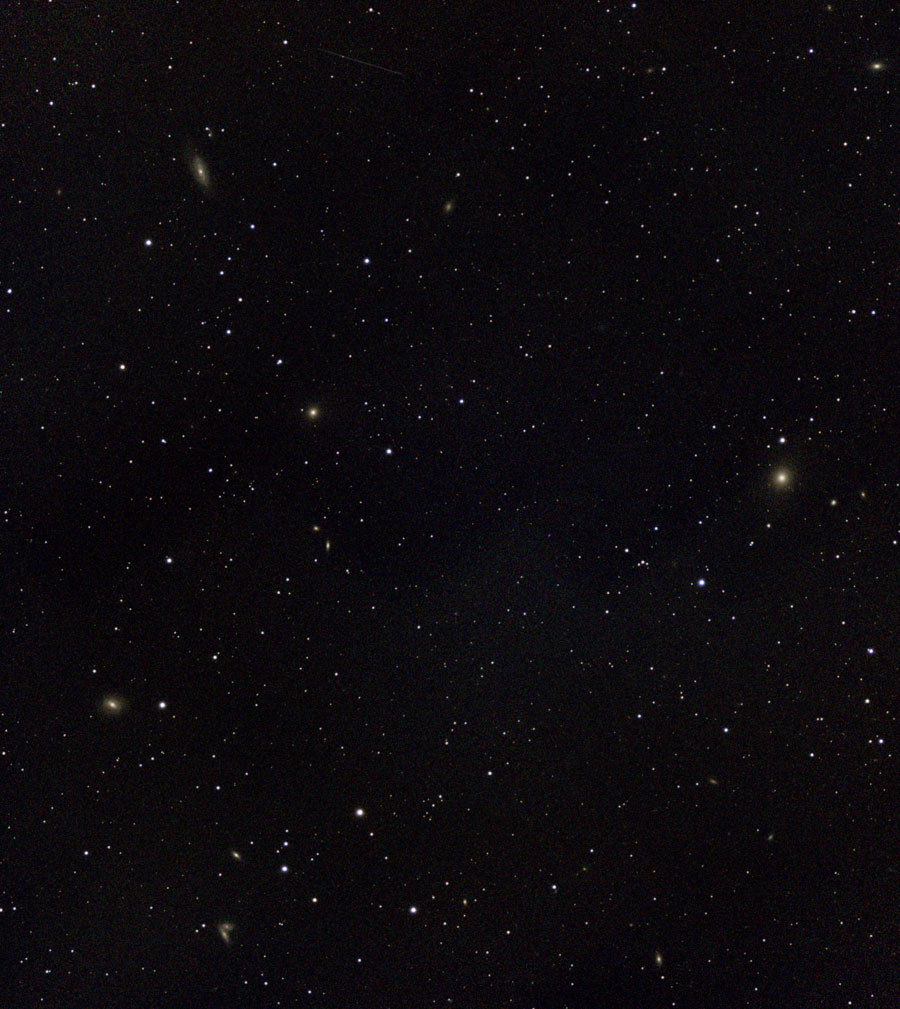 |
Barred spiral galaxy; on a mosaic together with M 87, M 89, and M 90 |
| M 65 | With NGC 3628 (Leo Triplet (Arp 317, Holm 246)) | Leo | G | 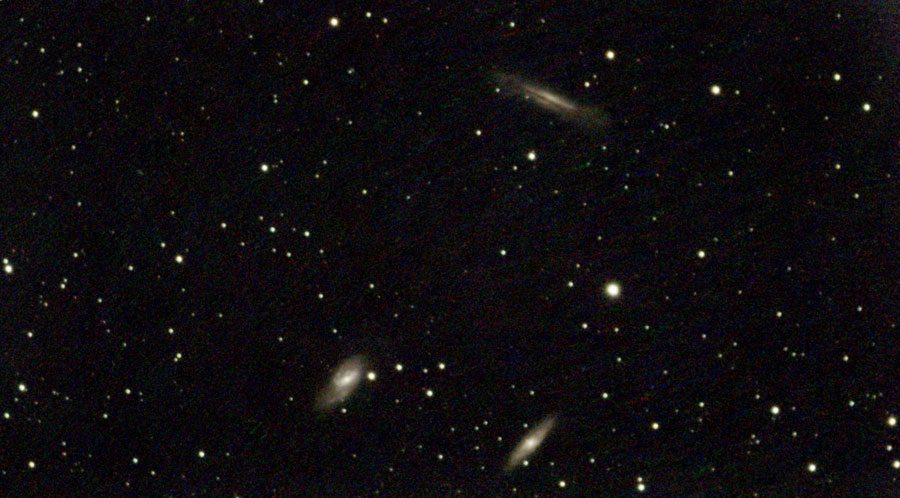 |
M 65 and M 66 together with NGC 3628 (Leo Triplet, (Arp 317, Holm 246)) in a mosaic and as a normal photo |
| M 66 | G | ||||
| M 67 | Cancer | OC | 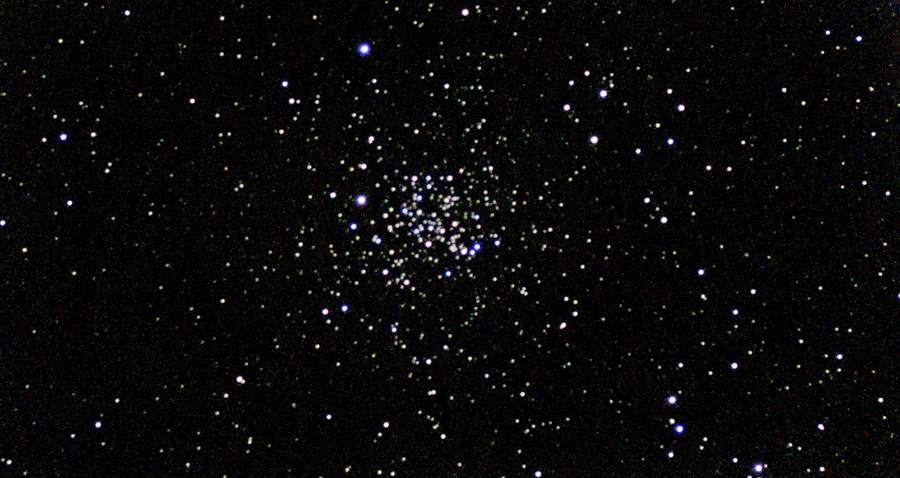 |
Large, stars were large on that day | |
| M 71 | Sagitta | GC | 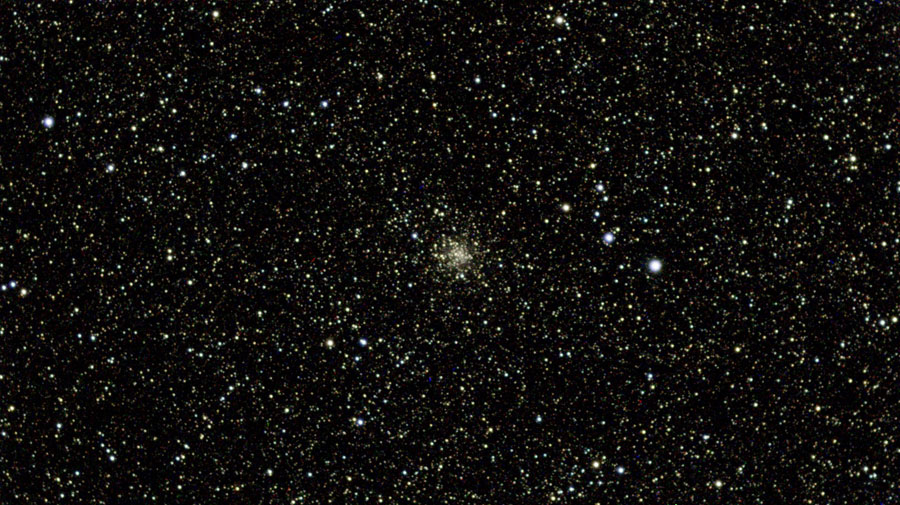 |
Very loose GC | |
| M 74 | Pisces | G | 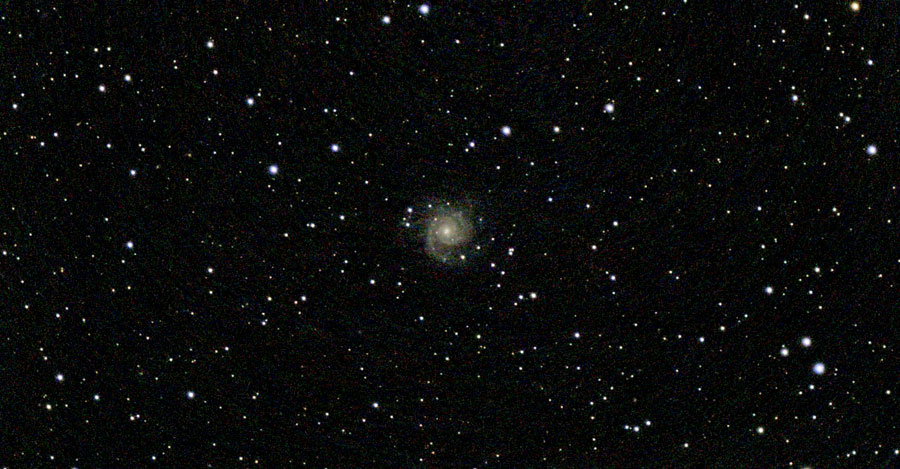 |
Nice spiral galaxy, but in the Vespera just a faint dot/glow... | |
| M 77 | Cetus | G | 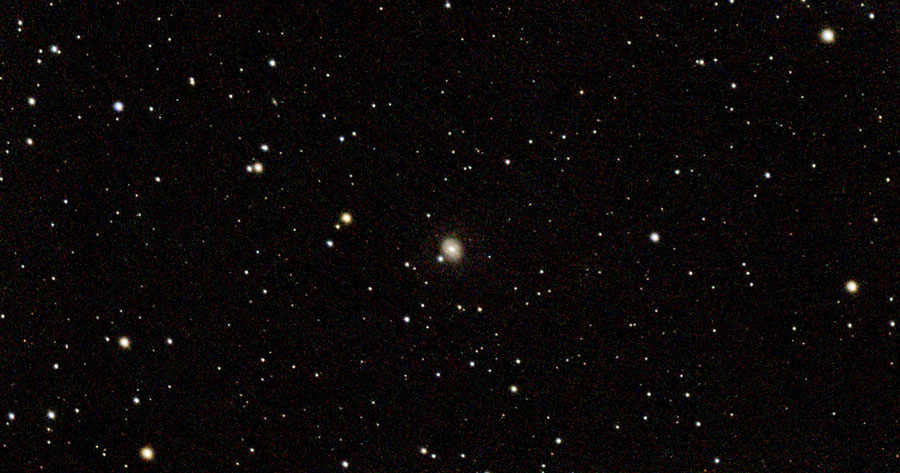 |
Spiral galaxy, a bit more to see than with M 74, but in the end just a soft dot in the Vespera | |
| M 78 | Orion | GE | 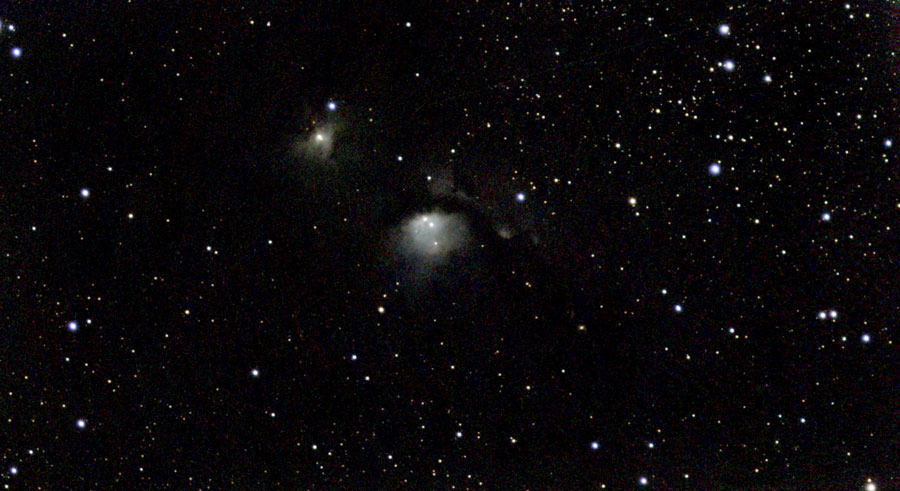 |
Very nice to see with Vespera, together with NGC 2071 | |
| M 81 | Bode Galaxy | Ursa Major | G | 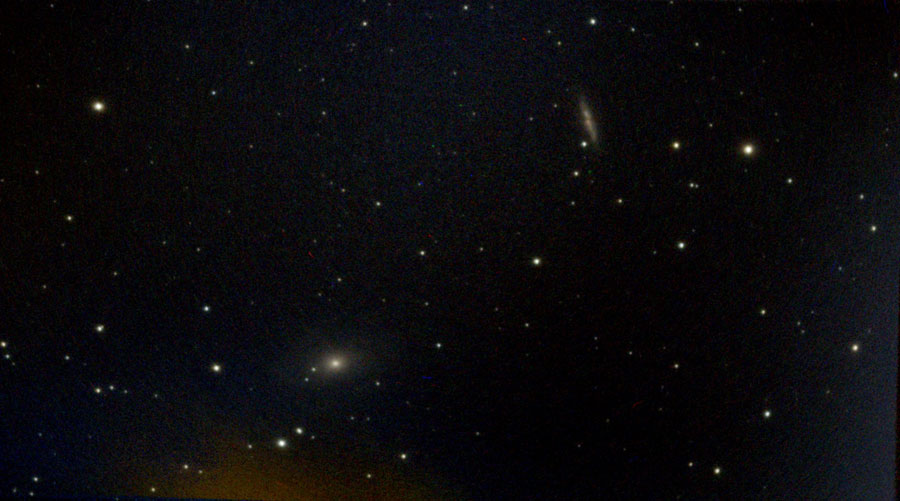 |
Nice spiral galaxy; spiral not clearly recognizable in Vespera; can be observed together with M 82 |
| M 82 | Cigar Galaxy | Ursa Major | G | 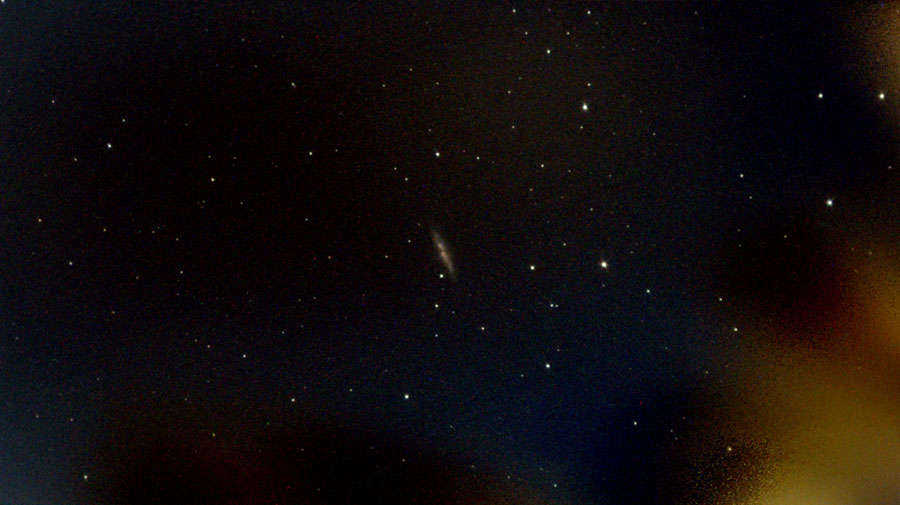 |
Long irregular galaxy (cigar), disturbed during an encounter with M 81; can be observed together with M 81 |
| M 84 | Virgo | G | 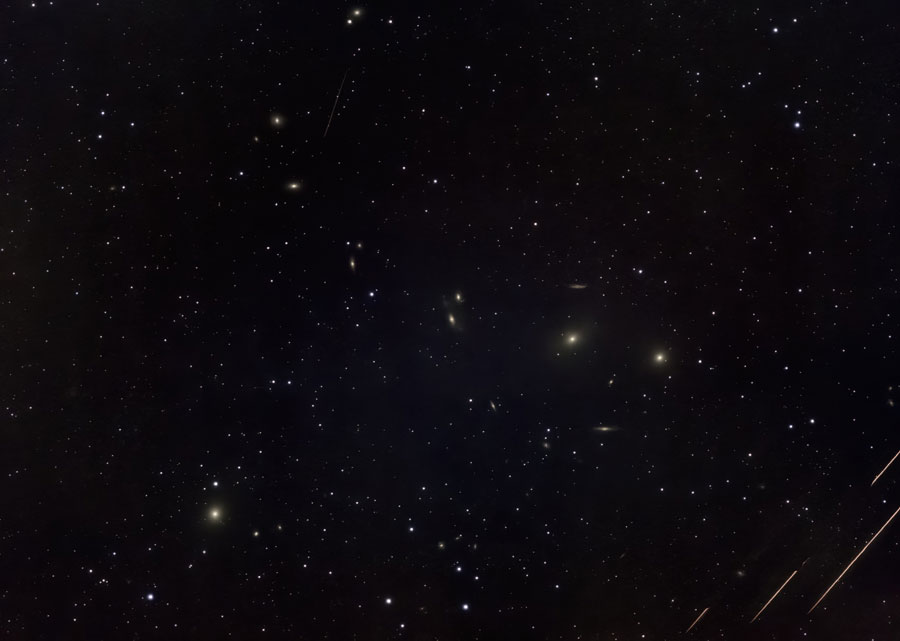 |
Elliptical galaxy seen with the complete Markarian's Chain, of which it is a member; forms together with M 86 and NGC 4387 the "Great Galactic Face". | |
| M 86 | Virgo | G |  |
Elliptical galaxy seen with the complete Markarian's Chain, of which it is a member; forms together with M 84 and NGC 4387 the "Great Galactic Face". | |
| M 87 | Virgo A | Virgo | G |  |
Elliptical galaxy; has a jet stream; center of the Virgo galaxy cluster (Virgo A); on a mosaic together with M 58, M 89, and M 90 |
| M 89 | With M 87 | Virgo | G | Elliptical galaxy, a small bright and fuzzy dot; on a mosaic together with M 58, M 87, and M 90 | |
| M 90 | With M 87 | Virgo | G | Spiral galaxy, spiral can be guessed; on a mosaic together with M 58 M 87, and M 89 | |
| M 92 | Hercules | GC | 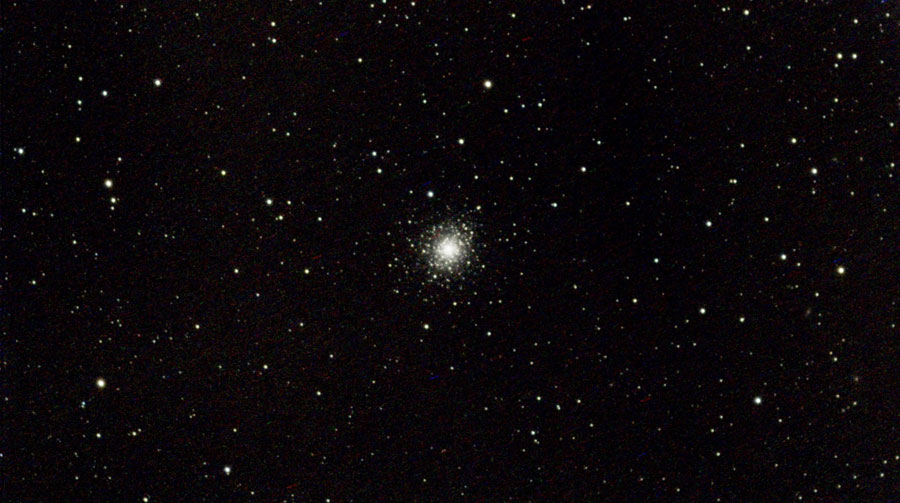 |
Smaller than M 13 and with a brighter center | |
| M 95 | With M 96, M 105 and many small galaxies | Leo | G | 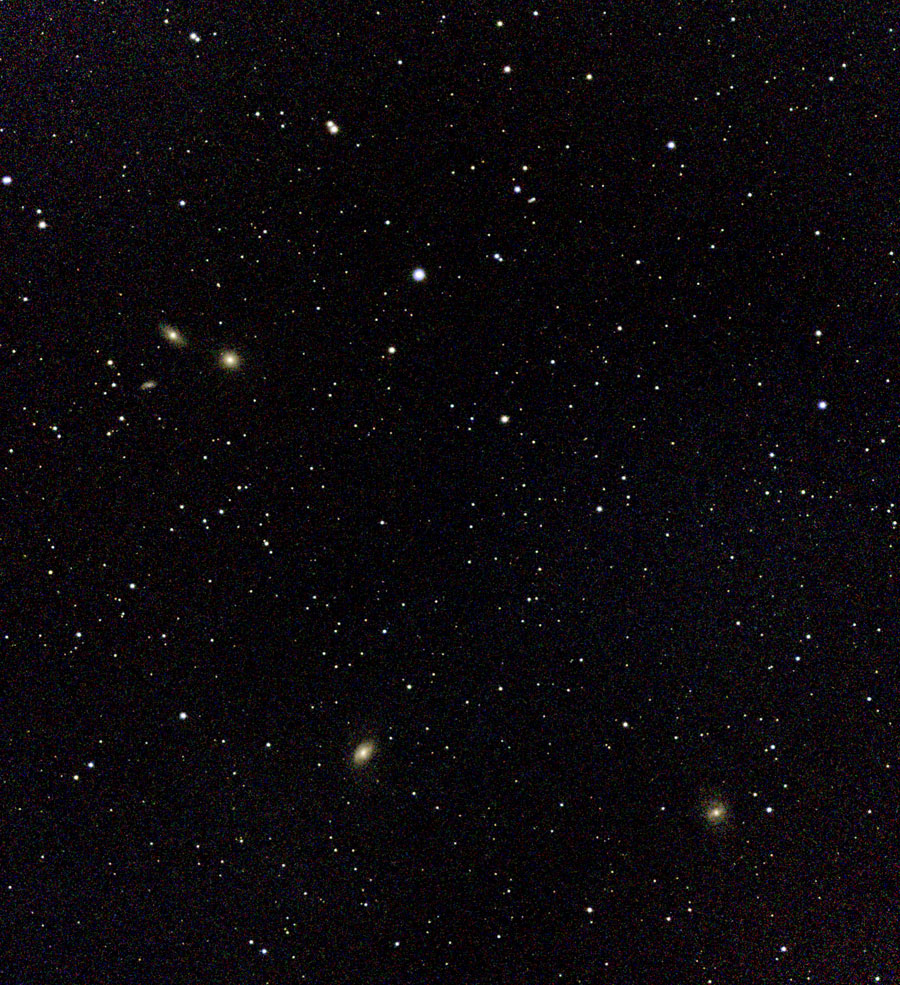 |
Member of the M 96 group (together with M 96, M 105, and a number of small galaxies in a mosaic), barred spiral galaxy |
| M 96 | With M 95, M 105 and many small galaxies | Leo | G | Member of the M 96 group (together with M 95, M 105, and a number of small galaxies in a mosaic), spiral galaxy | |
| M 97 | Owl Nebula, with M 108 | Ursa Major | PN | 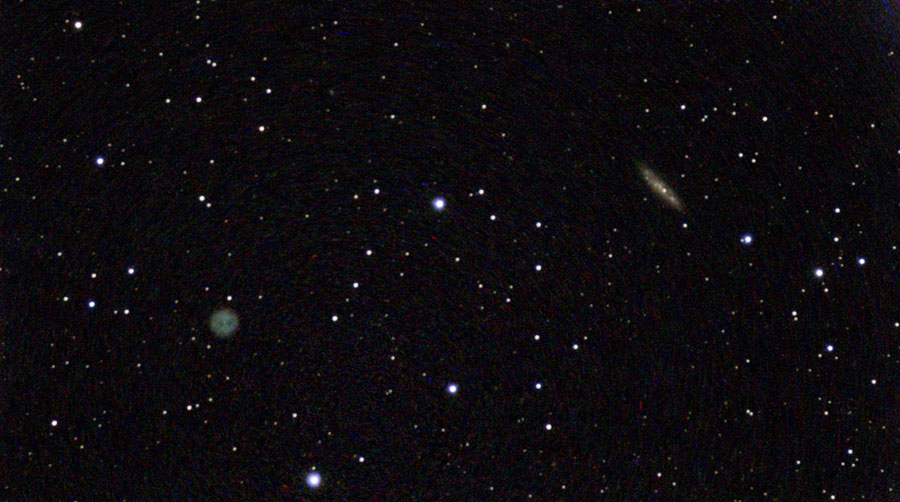 |
Small green dot with two dark spots; can be observed together with M 108 with Vespera |
| M 99 | With M 100 and many small galaxies | Coma Berenices | G | 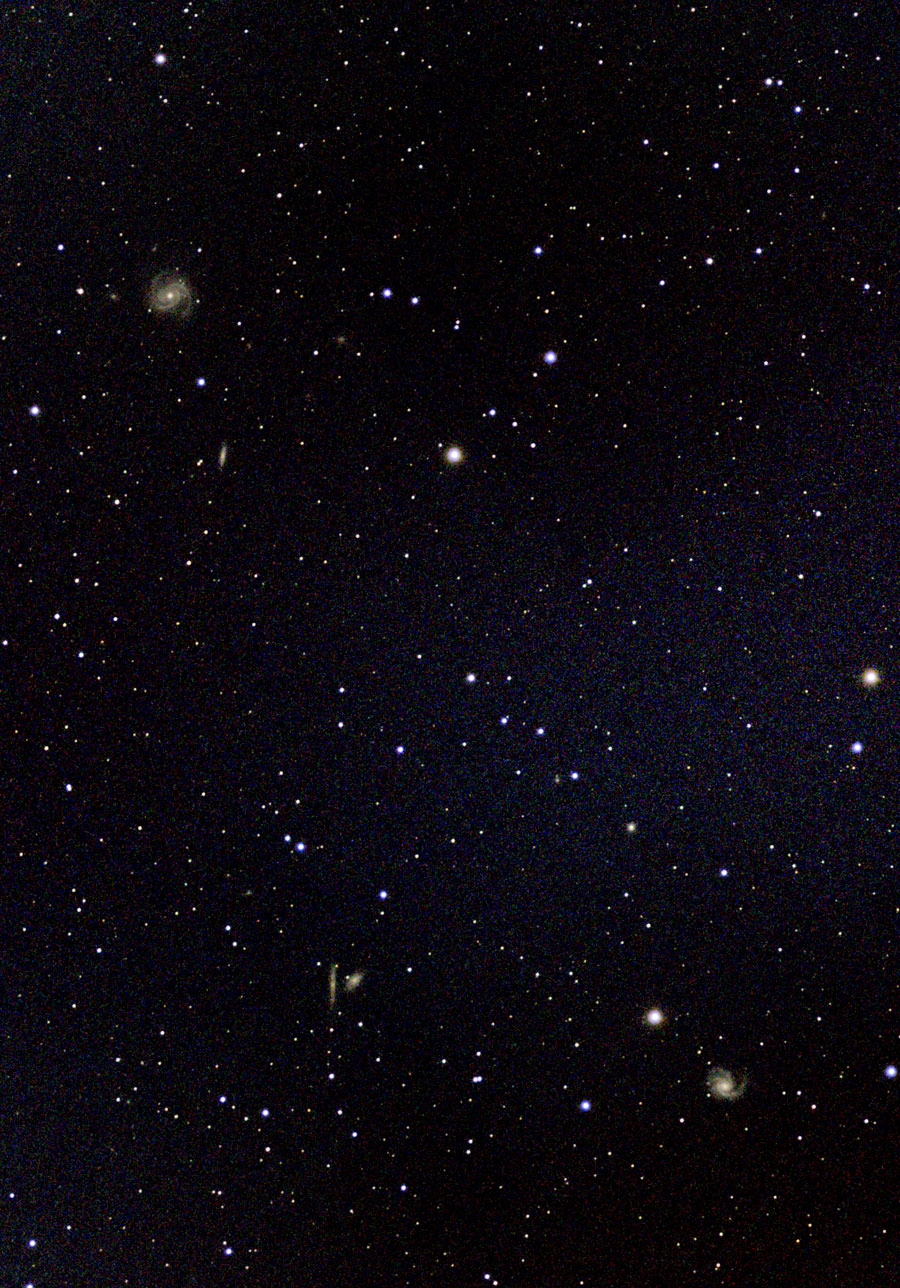 |
Spiral galaxy, almost seen face-on, similar to M 100; together with M 100 in a mosaic; discovered further galaxies on that mosaic! |
| M 100 | With M 99 and many small galaxies | Coma Berenices | G | Spiral galaxy, almost seen face-on, similar to M 99; together with M 99 in a mosaic; discovered further galaxies on that mosaic! | |
| M 101 | Pinwheel Galaxy; also with NGC 5474 | Coma Berenices | G | 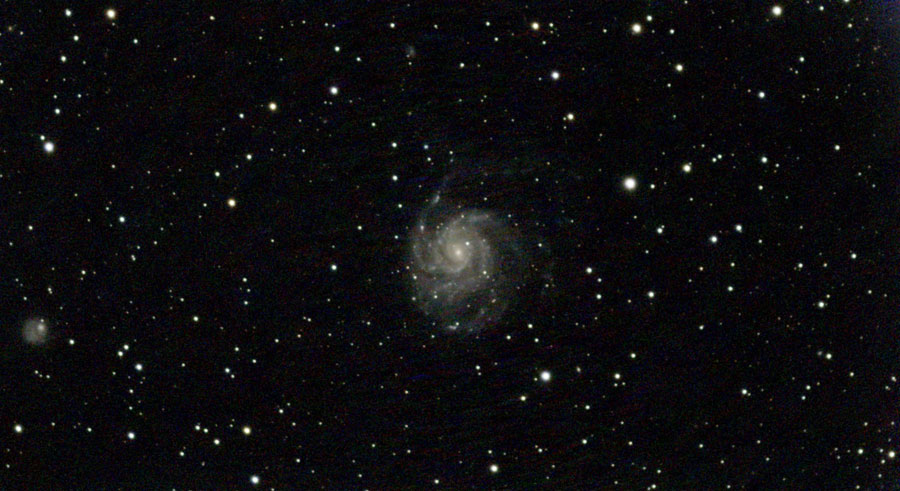 |
Faint, but quite impressive in Vespera; new supernova SN 2023ixf discovered in M 101 (May 19, 2023); photographed on June 2, 2023. Also seen with dwarf galaxy NGC 5474. |
| M 103 | Together with NGC 654, NGC 659, and NGC 663 | Cassiopeia | OC | 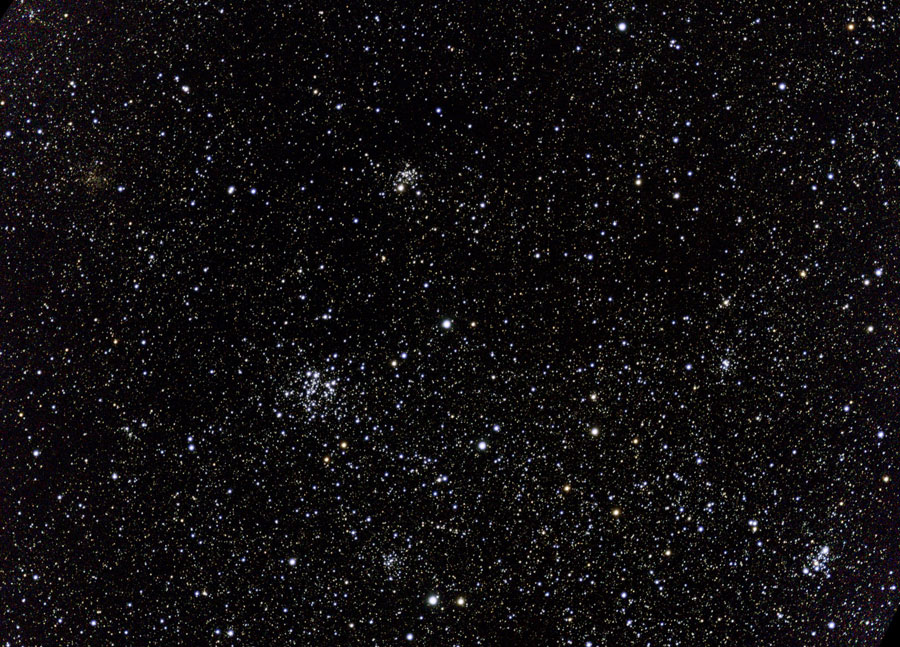 |
Open star cluster with many fine stars; the brighter stars form a triangle; together with NGC 654, NGC 659, and NGC 663 in the same field of view |
| M 105 | With M 95, M 96 and many small galaxies | Leo | G |  |
Member of the M 96 group (together with M 95, M 96, and a number of small galaxies in a mosaic), elliptical galaxy |
| M 106 | Together with some smaller galaxies | Canes Venatici | G | 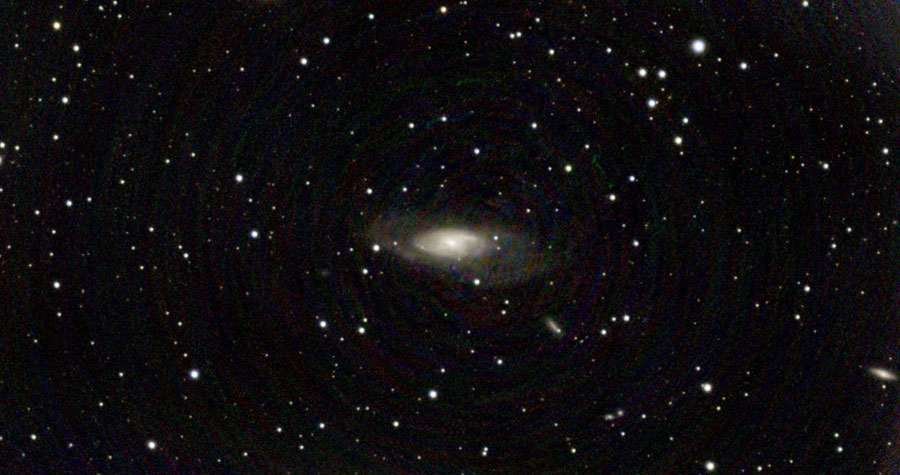 |
Larger and bright spiral galaxy with bright core; close to it there is the small spiral galaxy NGC 4248, somewhat farther apart the galaxy NGC 4220, as well as the pair NGC 4231/32 (Holm 356) |
| M 108 | with M 97 | Ursa Major | G |  |
Barred spiral galaxy, nearly seen edge-on; can be observed together with M 97 with Vespera |
| M 110 | Andromeda | G | 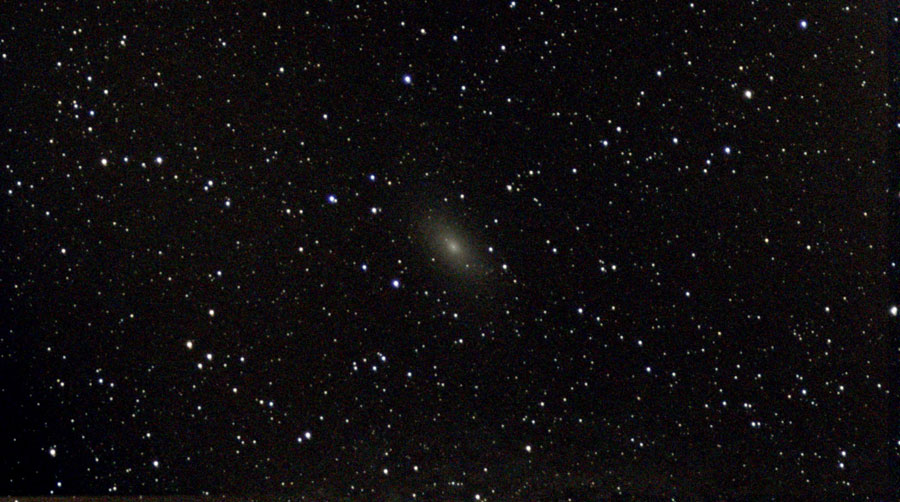 |
Satellite of the Andromeda Galaxy M 31 | |
| Mel 25 | Hyades | Taurus | OC | 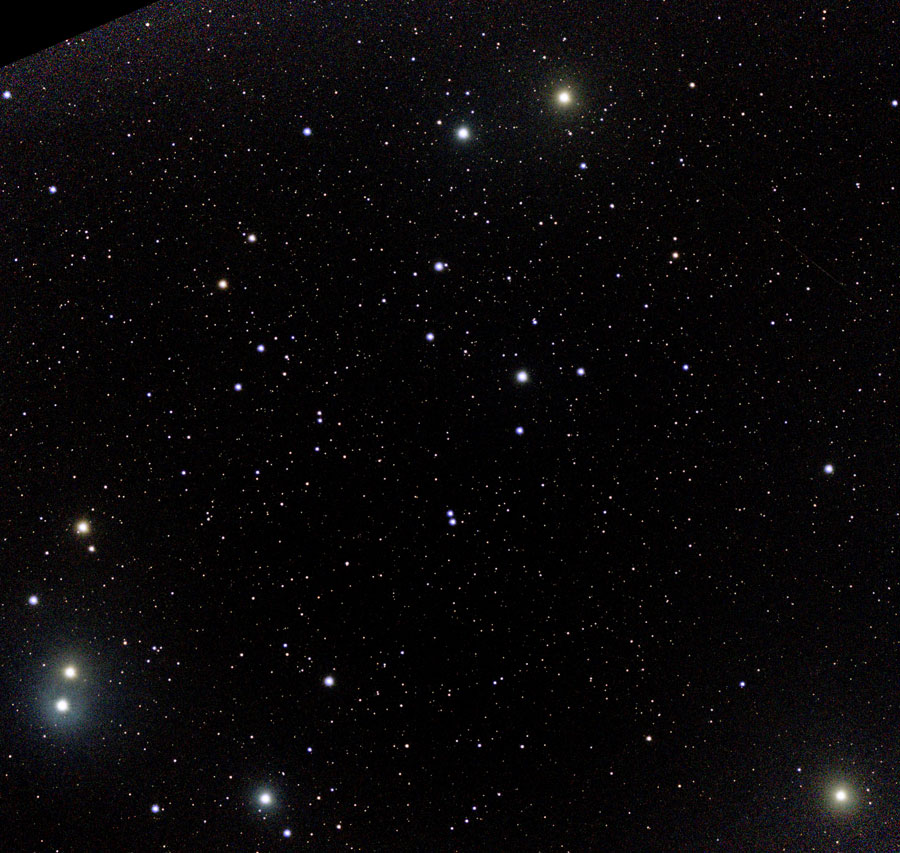 |
Too large even for the Vespera's mosaic mode |
| NGC 40 | Bow Tie Nebula | Cepheus | PN | 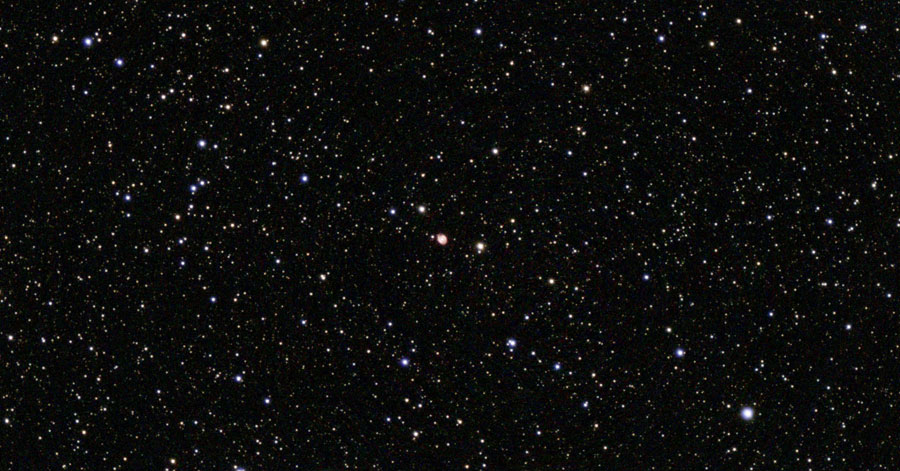 |
Violet dot with white central star |
| NGC 147 | Together with NGC 185 | Cassiopeia | G | 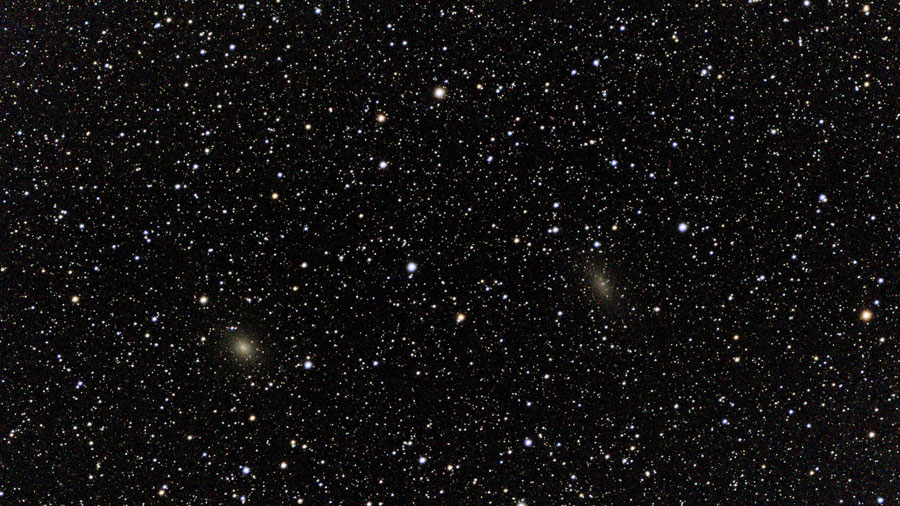 |
Elliptical dwarf galaxy; forms a gravitationally connected galaxy pair with NGC 185 |
| NGC 185 | Together with NGC 147 | Cassiopeia | G |  |
Elliptical dwarf galaxy; forms a gravitationally connected galaxy pair with NGC 147 |
| NGC 281 | Pacman Nebula | Cassiopeia | GN | 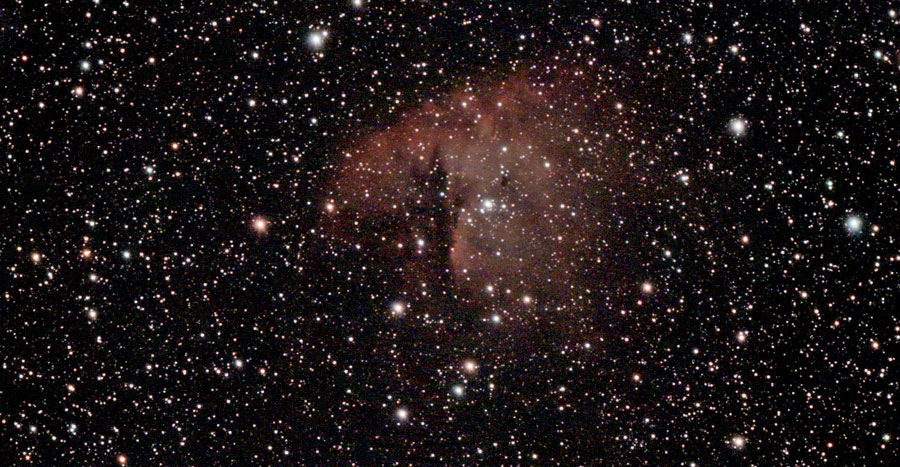 |
Larger reddish nebula with embedded star cluster IC 1590 |
| NGC 457 | Owl Cluster, E.T. Cluster | Cassiopeia | OC | 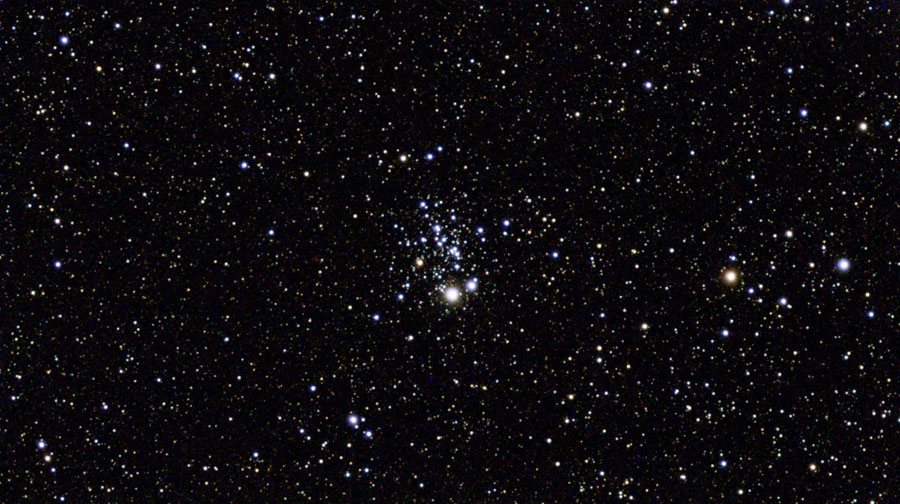 |
The eyes stand out |
| NGC 654 | Together with NGC 659, NGC 663, and M 103 | Cassiopeia | OC |  |
Together with NGC 659, NGC 663, and M 103 in the same field of view |
| NGC 659 | Together with NGC 654, NGC 663, and M 103 | Cassiopeia | OC |  |
Together with NGC 654, NGC 663, and M 103 in the same field of view |
| NGC 663 | Together with NGC 654, NGC 659, and M 103 | Cassiopeia | OC |  |
Together with NGC 654, NGC 659, and M 103 in the same field of view; the largest of these clusters |
| NGC 752 | Andromeda | OC | 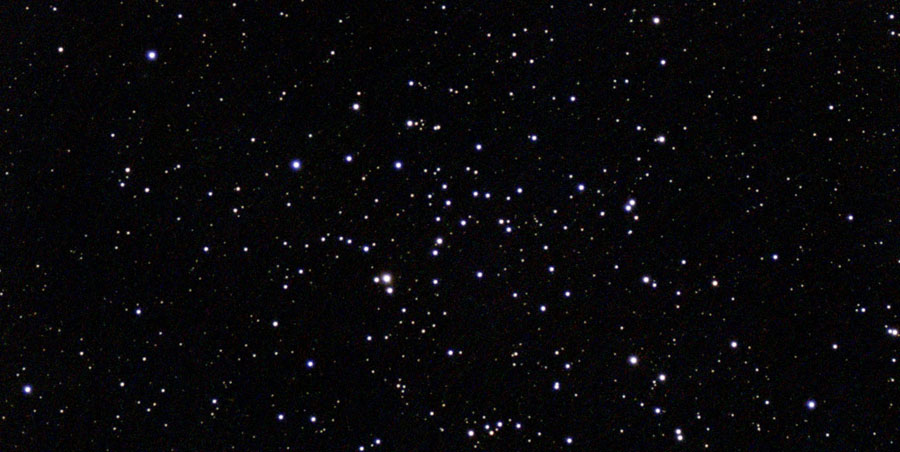 |
Large, loose open star cluster (alone and with NGC 797, NGC 801, and IC 179 in a mosaic) | |
| NGC 869 | h-Persei, part of the Perseus Double Cluster | Perseus | OC |  |
Nice, both clusters visible in the same view |
| NGC 884 | Chi-Persei, part of the Perseus Double Cluster | OC | |||
| NGC 891 | Andromeda | G | 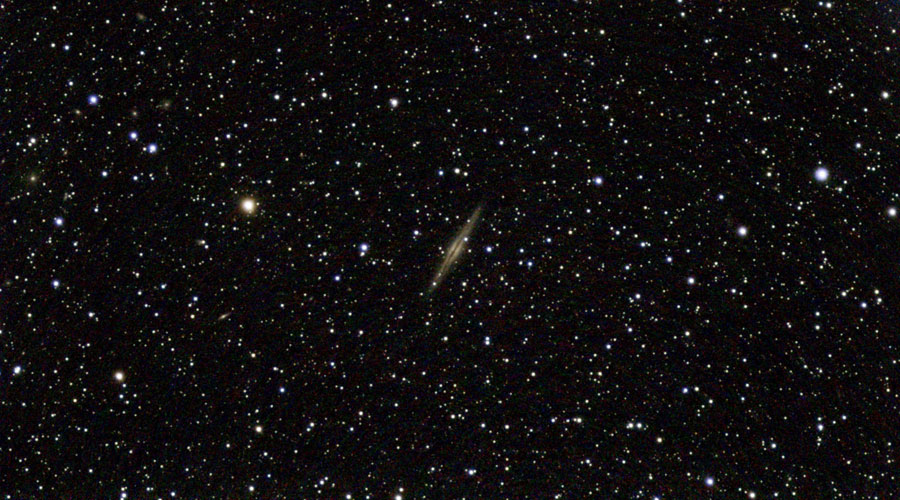 |
Nice, seen from the edge | |
| NGC 1432 | Maia Nebula, within M 45 | Taurus | GR |  |
Reflection nebula within M 45, illuminated by the star Maia |
| NGC 1435 | Merope Nebula, within M 45 | Taurus | GR | Reflection nebula within M 45, illuminated by the star Merope | |
| NGC 1499 | California Nebula | Perseus | GN | 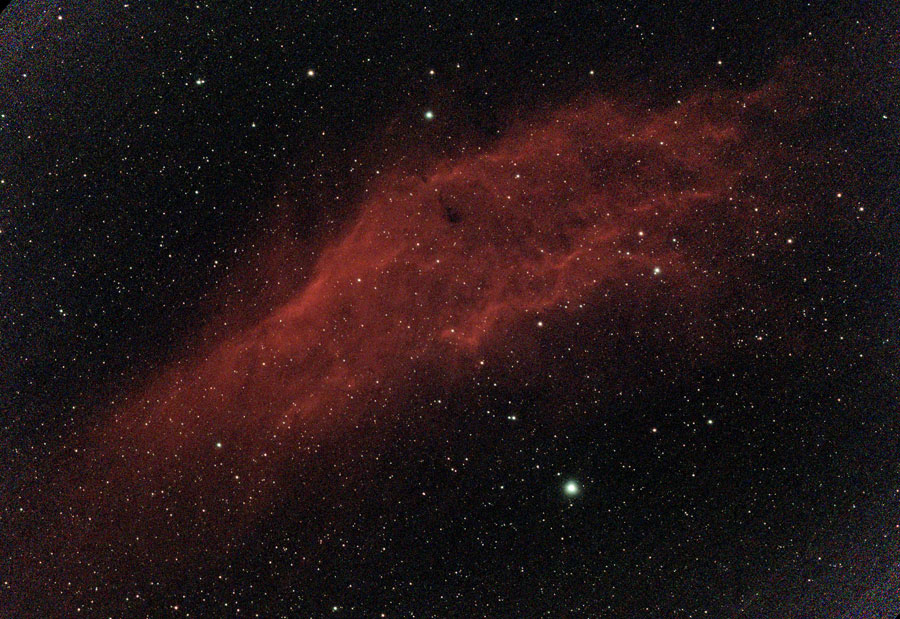 |
Red nebula that I saw with the Vespera for the first time. |
| NGC 1502 | Golden Harp Cluster; Kemble's Cascade | Camelopardis | OC/A | 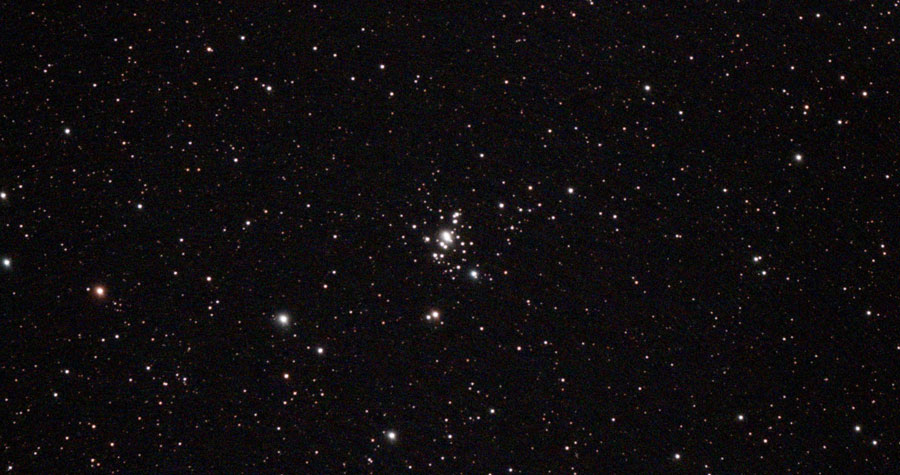 |
Kemble's Cascade ends on one side with the open star cluster NGC 1502 (Golden Harp Cluster). |
| NGC 1931 | Fly Nebula, with IC 417, M 36, and IC 410 | Auriga | GE/R |  |
Emission/reflection nebula; with IC 417, M 36, and IC 410 in a Vespera mosaic |
| NGC 1977 | Running Man Nebula | Orion | GN | 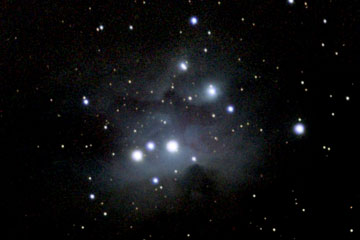 |
Called Running Man Nebula because of the form of a dark nebula inside of it; together with M 42/43, NGC 1980, and NGC 1981 in a mosaic. |
| NGC 1980 | Lost Jewel of Orion | Orion | OC+GN | 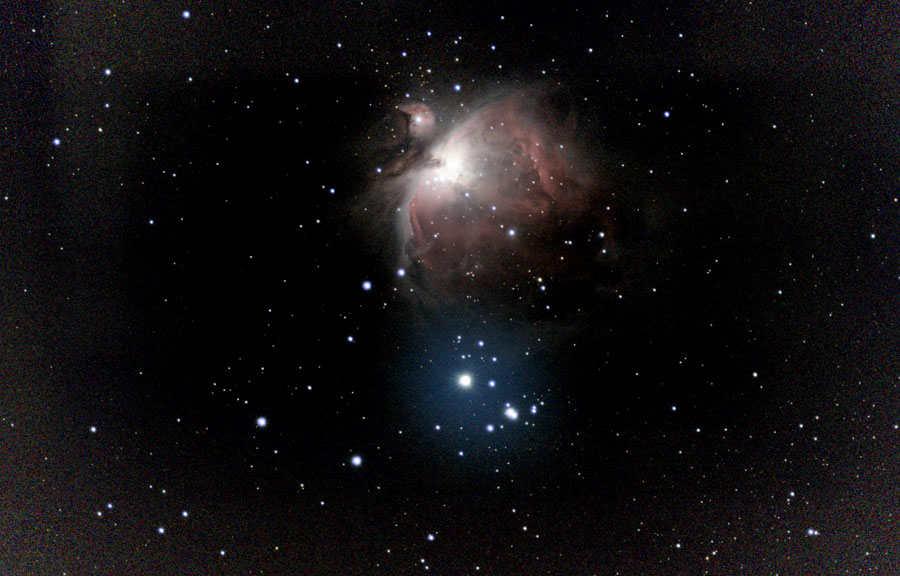 |
Diffuse nebula and open star cluster below the Orion Nebula; also together with M 42/43, NGC 1977, and NGC 1981 in a mosaic. |
| NGC 1981 | Coal Car Cluster | Orion | OC | 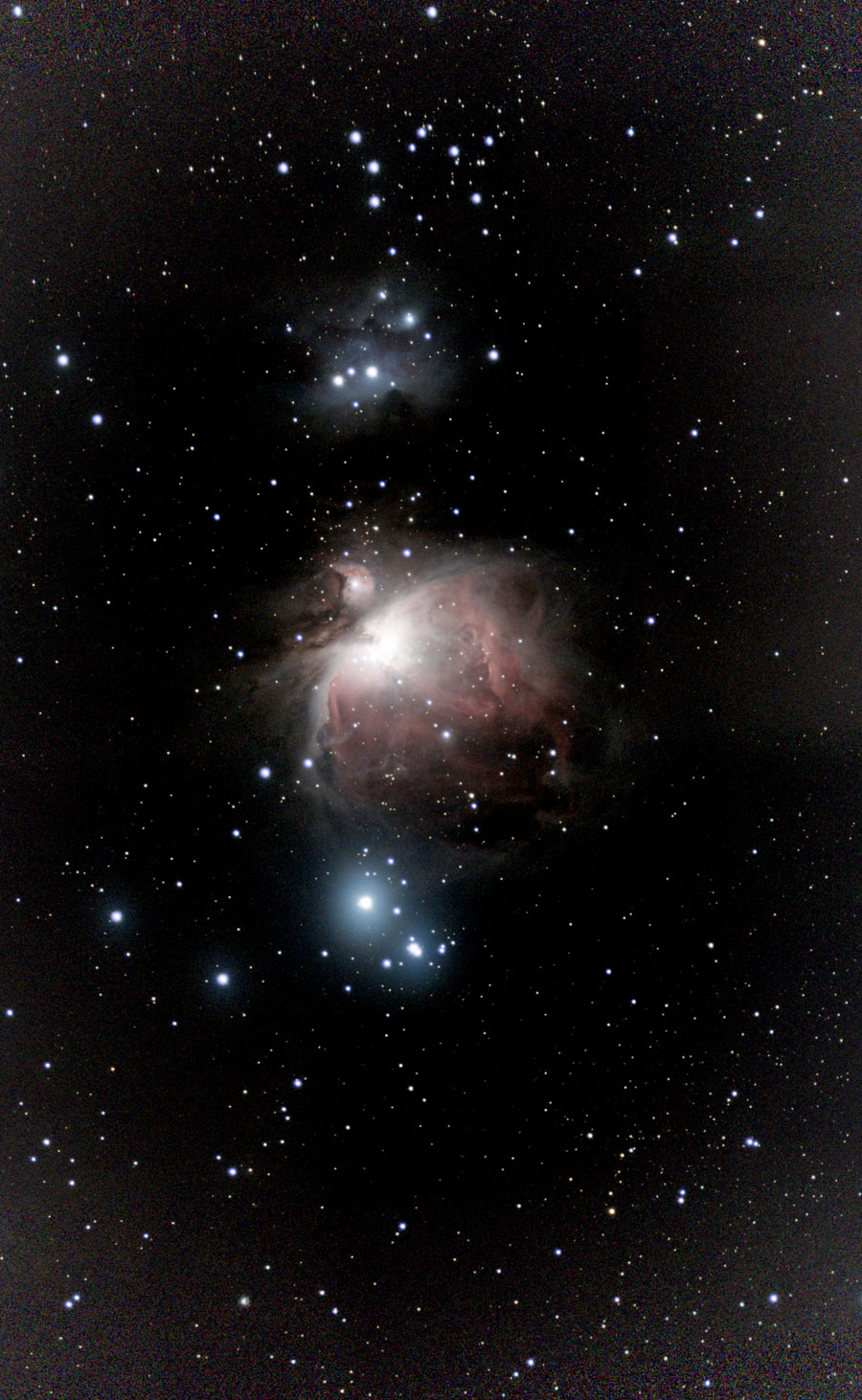 |
Open star cluster above the Running Man Nebula; also together with M 42/43, NGC 1977, and NGC 1980 in a mosaic. |
| NGC 2023 | Orion | GN | 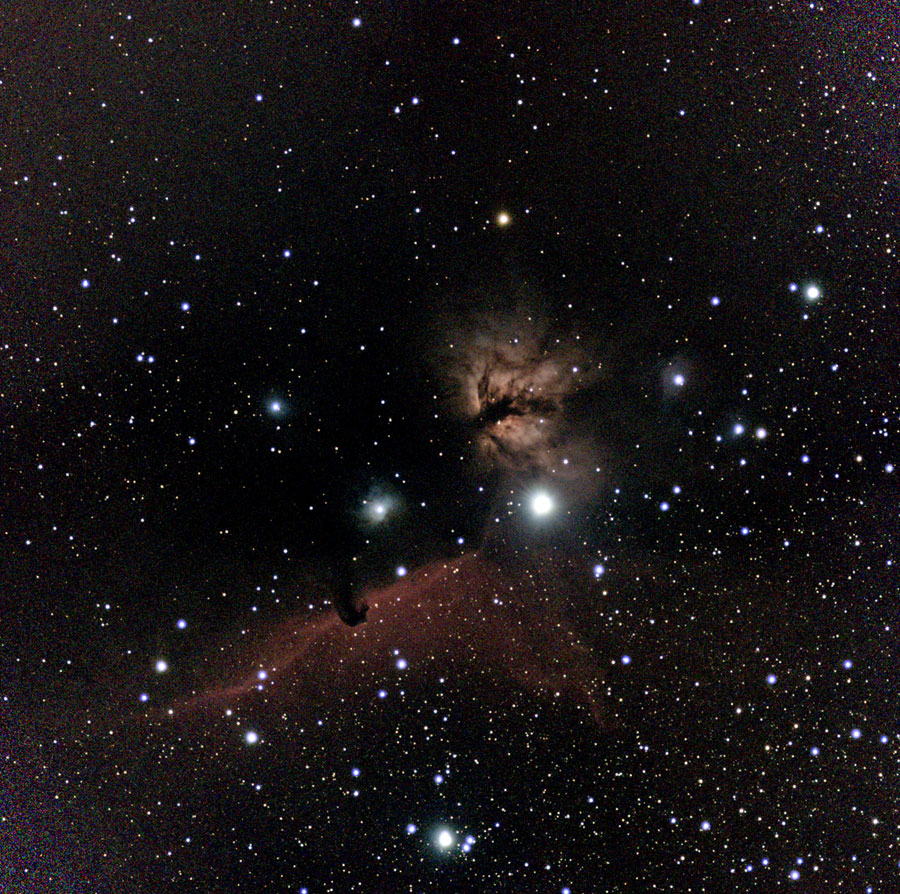 |
Close to the Horsehead Nebula B 33 | |
| NGC 2024 | Flame Nebula | Orion | GN | 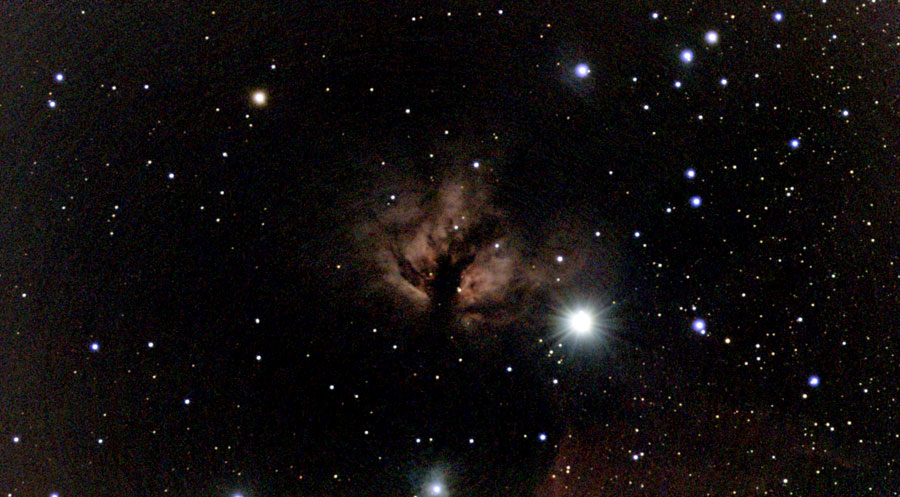 |
Alone and together with B 33 in a mosaic; plus NGC 2023 close to B 33. |
| NGC 2071 | with M 78 | Orion | GR |  |
North of M 78 in Orion |
| NGC 2141 | Orion | OC | 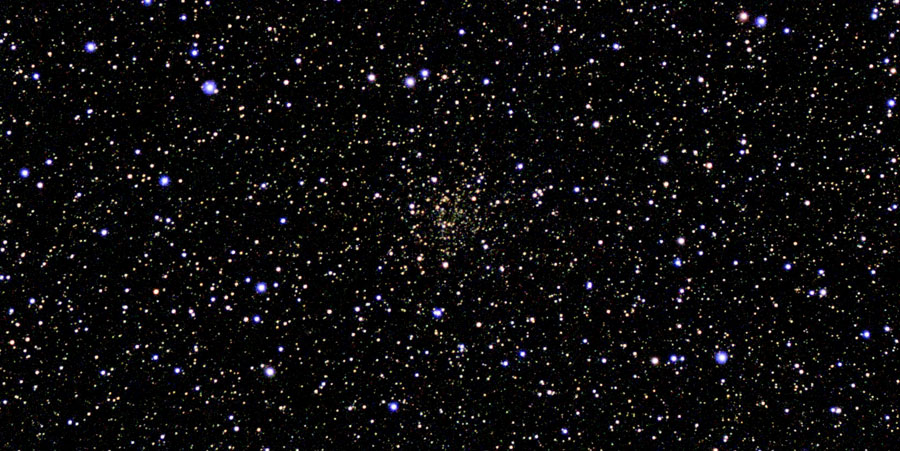 |
Nice, but not well known open star cluster in Orion | |
| NGC 2158 | Close to M 35 | Gemini | OC |  |
Close to M 35 and together with it in the Vespera |
| NGC 2169 | Little Pleiades; with NGC 2194 | Orion | OC+OC | 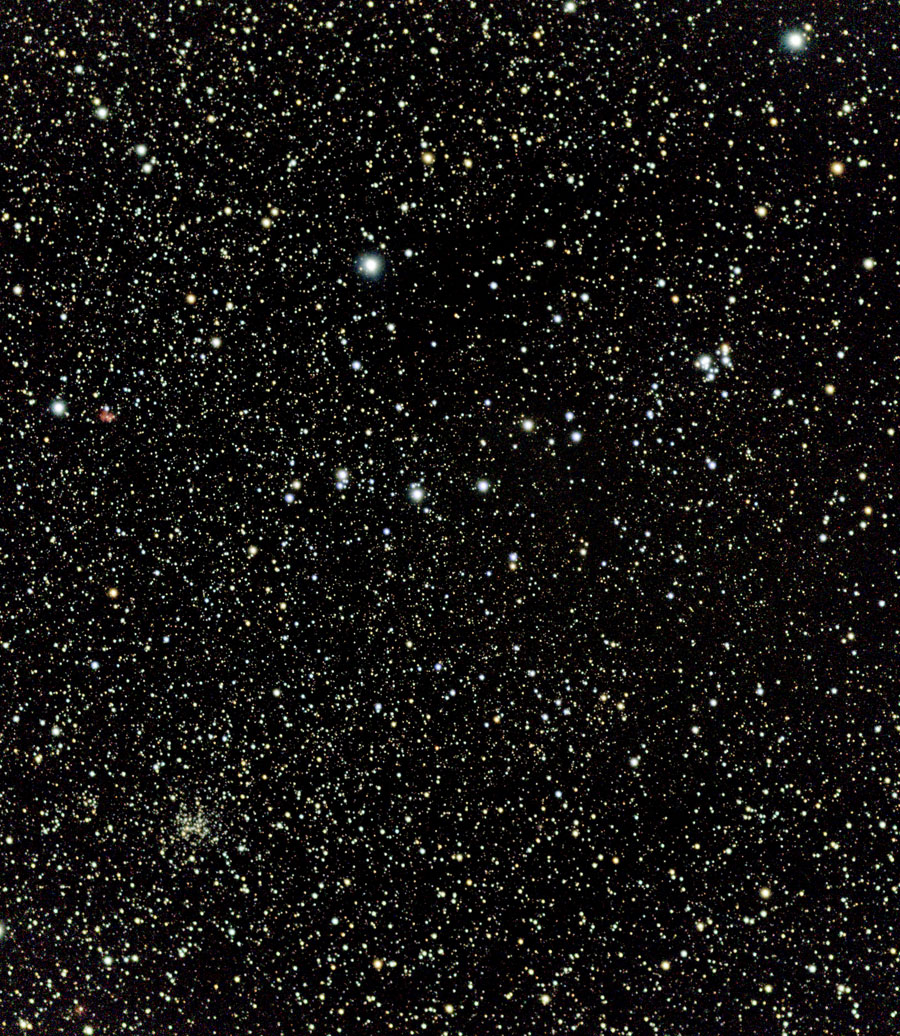 |
Together with NGC 2194 |
| NGC 2174 | Monkey Head Nebula; with NGC 2175 | Orion | GN+OC | 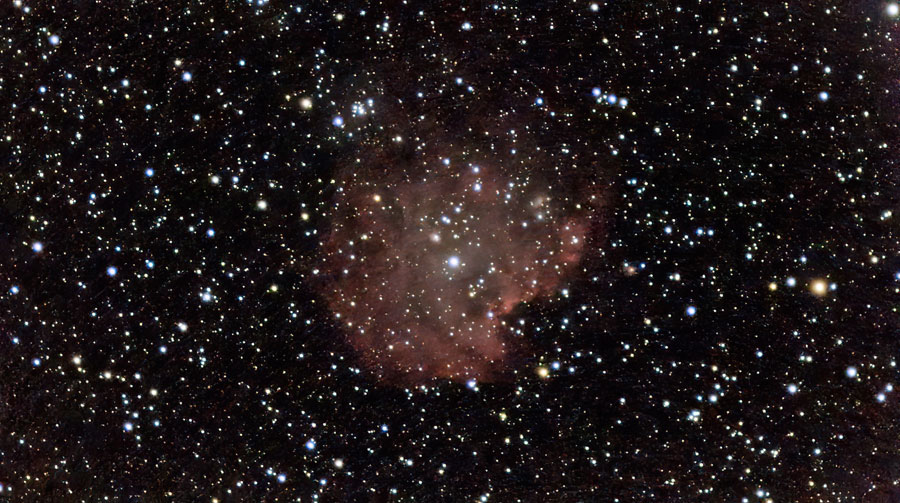 |
Reddish nebula that resembles the head of a monkey; contains the open star cluster 2175 |
| NGC 2194 | With NGC 2169 | Orion | OC |  |
Together with NGC 2169 |
| NGC 2237-39/46 | Rosette Nebula | Capricornus | GN | 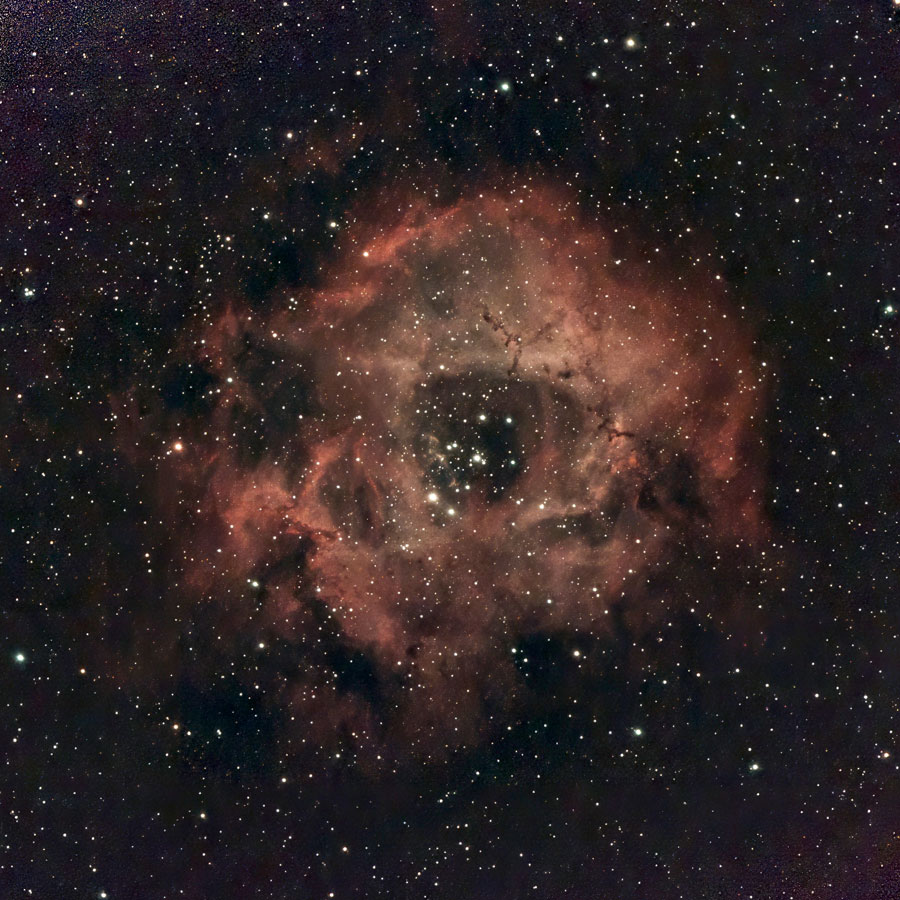 |
Saw the nebula for the first time in full size with the Vespera (mosaic). |
| NGC 2244 | Star cluster in Rosette Nebula | Monoceros | OC+GN |  |
Cluster at the center of the Rosette Nebula |
| NGC 2261 | Hubble's Variable Nebula | Monoceros | GNR | 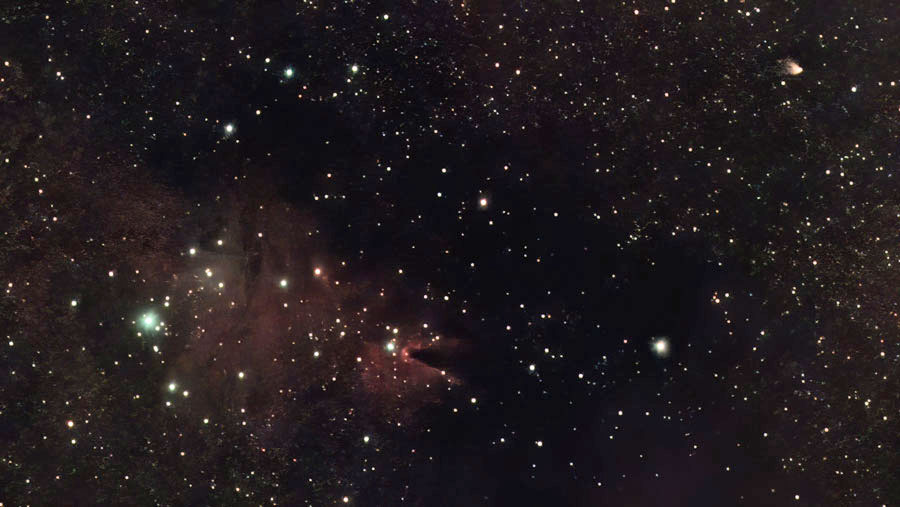 |
Nebula that looks like a comet; together with Christmas Tree Cluster and Cone Nebula (NGC 2264) |
| NGC 2264 | Christmas Tree Cluster and Cone Nebula | Monoceros | OC+DN |  |
Normal photo strongly disturbed; mosaics less disturbed (in part with NGC 2261) |
| NGC 2359 | Thor's Helmet | Canis Major | GN | 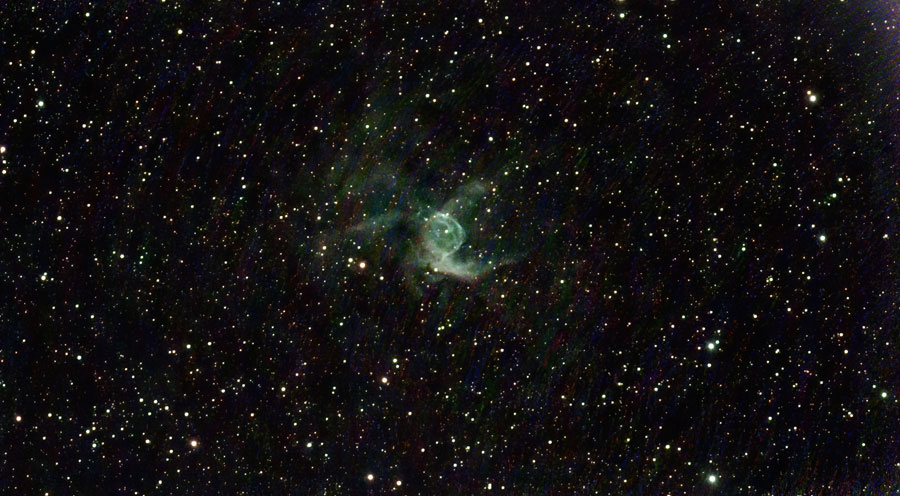 |
According to Stoyan a good example of the usefulness of nebula filters |
| NGC 2392 | Eskimo Nebula | Gemini | PN | 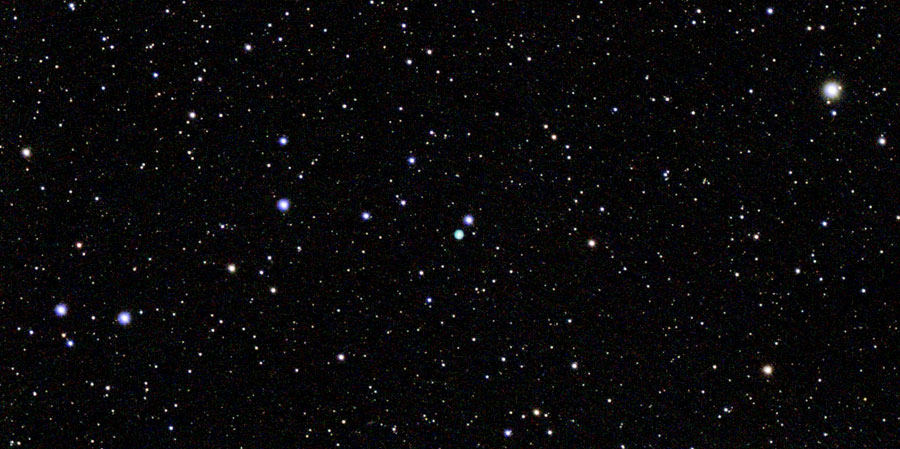 |
Round light blue spot with white dot in it |
| NGC 2403 | Camelopardis | G | 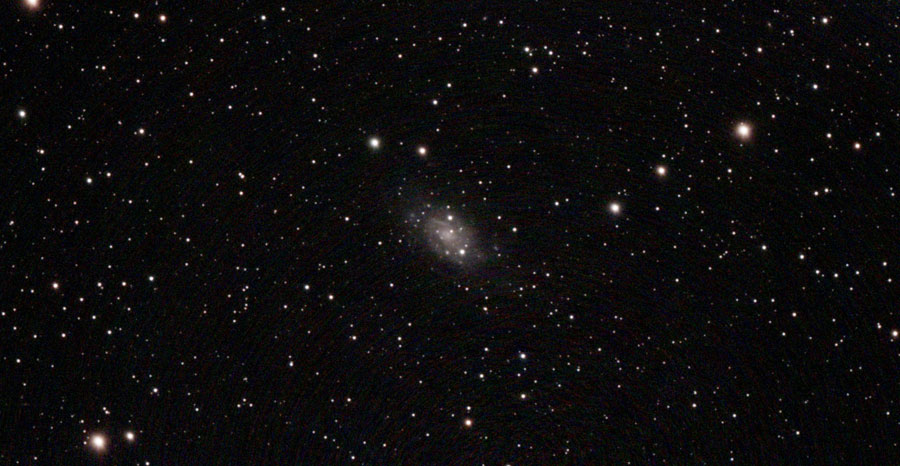 |
Spiral galaxy that is regarded as one of the best galaxies for small telescopes; unclear why Messier overlooked it. | |
| NGC 2419 | Intergalactic Wanderer | Lynx | GC | 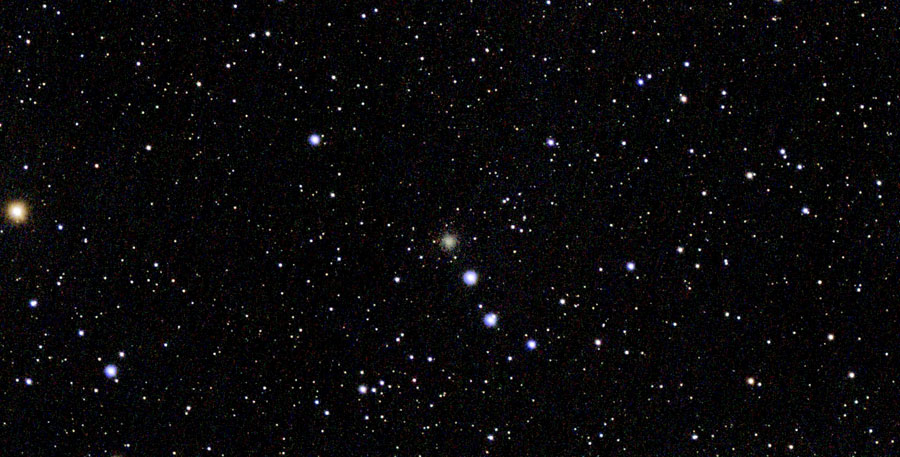 |
Small, still in the Milky Way... |
| NGC 2423 | With M 46 and M 47 | Puppis | OC | 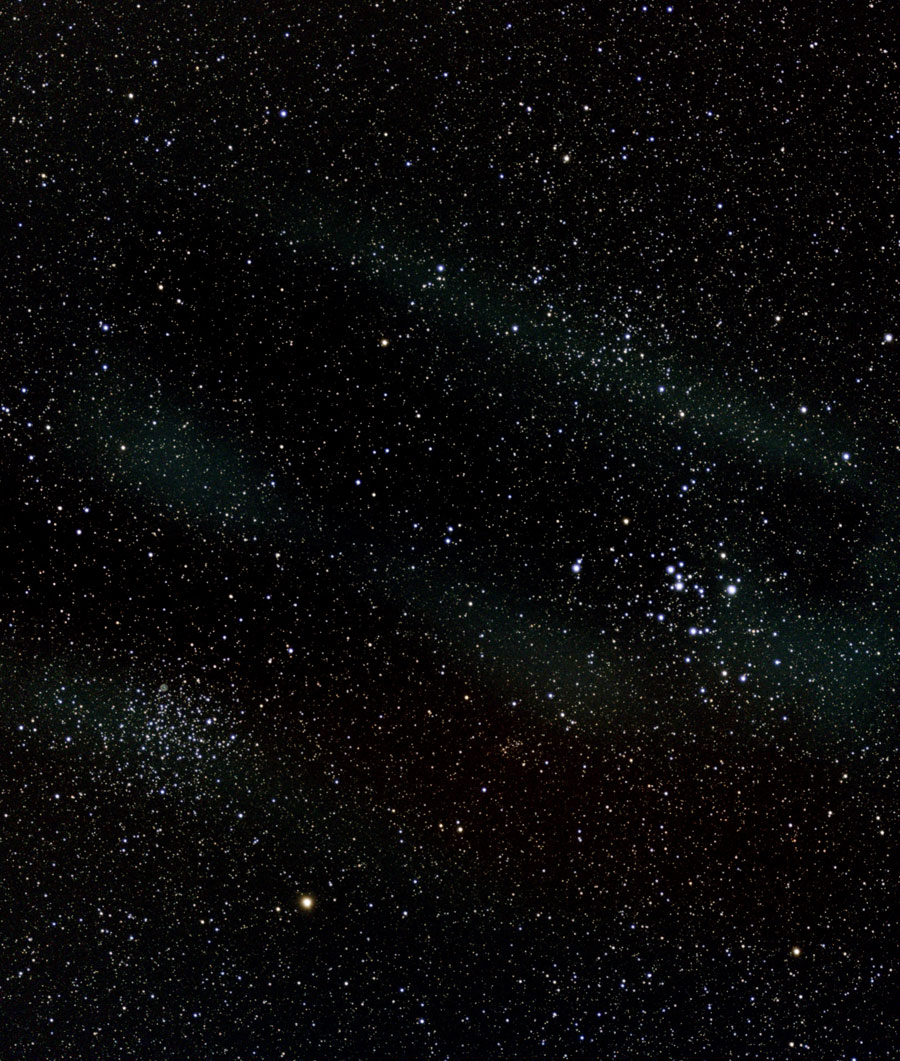 |
Small star cluster between M 46 and M 47 |
| NGC 2425 | With M 46 and M 47 | Puppis |
OC | Star cluster north of M 47, smaller than M 47 | |
| NGC 2438 | Within M 46 | Puppis | PN | 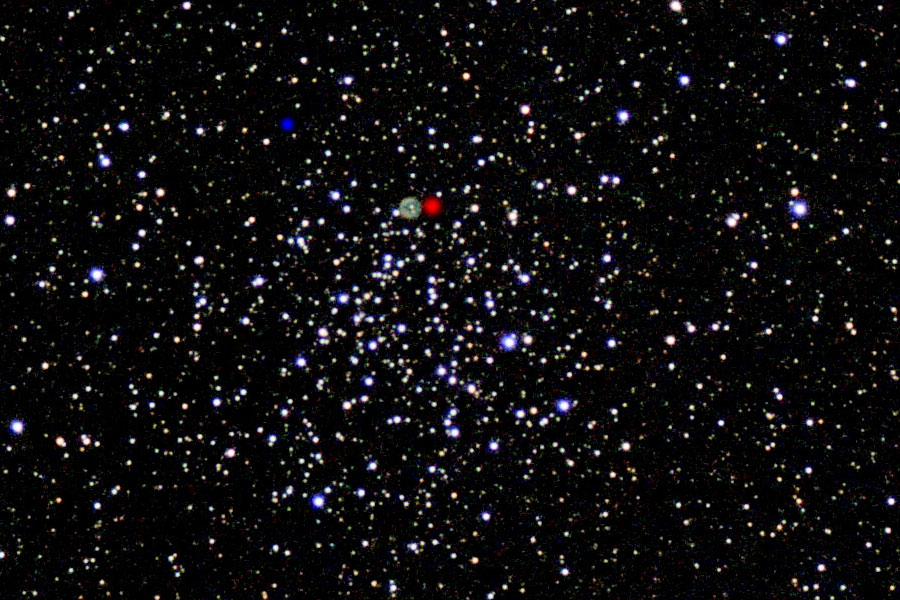 |
Embedded in M 46, small |
| NGC 3077 | Ursa Major | G |  |
Small companion of M 81 | |
| NGC 3384 | See M 105 | Leo | G |  |
The galaxy NGC 3384 (elliptical) and the smaller NGC 3389 (spiral) are close together with the galaxy M 105. In the Vespera's mosaic mode, M 95 and M 96 can also be included. |
| NGC 3389 | G | ||||
| NGC 3628 | Hamburger Galaxy, part of the Leo Triplet (Arp 317, Holm 246) | Leo | G | 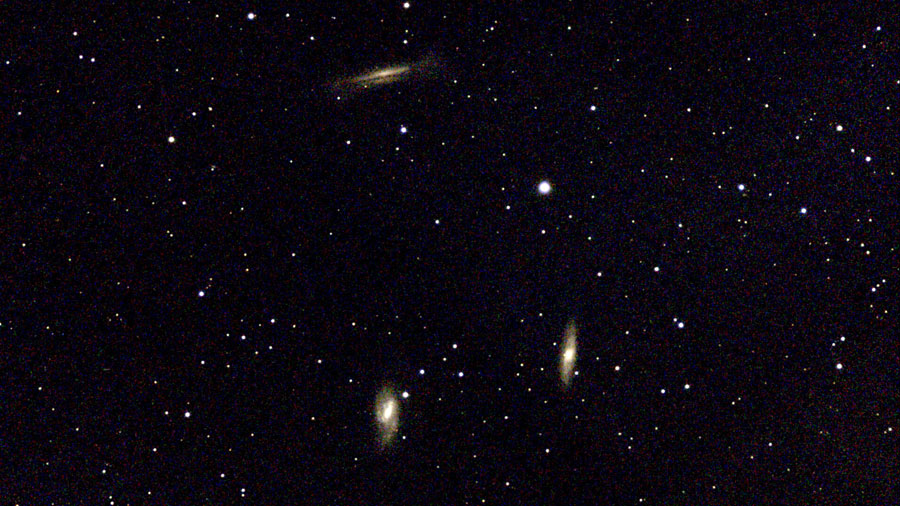 |
Spiral galaxy seen edge-on; forms a conspicuous group with M 65 and M 66 in the Leo Triplet (Arp 317, Holm 246); in the Vespera the whole triplet can be seen (mosaic, normal photo). |
| NGC 4298 | Holm 377 or KPG 332 | Coma Berenices | G |  |
The spiral galaxies NGC 4298 and NGC 4302 form an interacting pair (Holm 377 or KPG 332). In a Vespera mosaic together with M 99 and M 100 and many small galaxies. |
| NGC 4302 | G | ||||
| NGC 4387 | Virgo | G |  |
Forms the nose of the "Great Galactical Face" | |
| NGC 4388 | Virgo | G |  |
Forms the mouth of the "Great Galactical Face" | |
| NGC 4402 | Virgo | G |  |
Forms an "unofficial" eyebrow of the "Great Galactical Face" | |
| NGC 4435 | The Eyes | Virgo | G |  |
NGC 4435 is a lenticular galaxy and interacts with the lenticular galaxy NGC 4438, that is about 100,000 light years more distant. Both galaxies are members of Markarian's Chain. |
| NGC 4438 | G | ||||
| NGC 4458/61 | Virgo | G |  |
The galaxies NGC 4461 (lenticular) und NGC 4458 (elliptical) in constellation Virgo are members of Markarian's Chain and interact with one another. In a Vespera mosaic, the whole Markarian's chain can be seen. | |
| NGC 4458/61 | G | ||||
| NGC 4473 | Coma Berenices | G |  |
Elliptical galaxy, member of Markarian's Chain | |
| NGC 4477 | Coma Berenices | G |  |
Lenticular galaxy, member of Markarian's Chain | |
| NGC 4567 | Siamese Twins, Butterfly Galaxies; together with M 87 | Virgo | G |  |
NGC 4567/8 are two spiral galaxies in the Virgo cluster; they are also called "The Siamese Twins" or "The Butterfly Galaxies". |
| NGC 4568 | G | ||||
| NGC 4889 | with NGC 4874; belong to the Coma Galaxy Cluster (Abell 1656) | Coma Berenices | G | 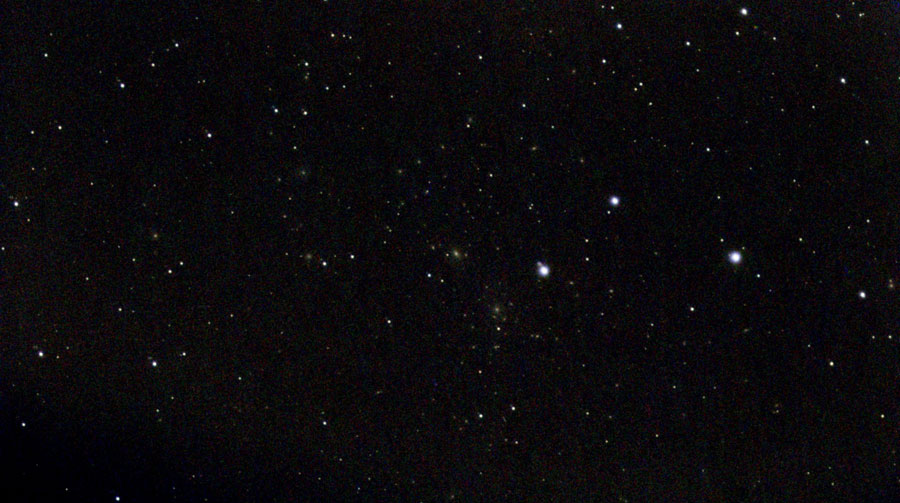 |
Tiny (but in reality a giant...); with NGC 4874; belong to the Coma Galaxy Cluster (Abell 1656) |
| NGC 6229 | Hercules | GC | 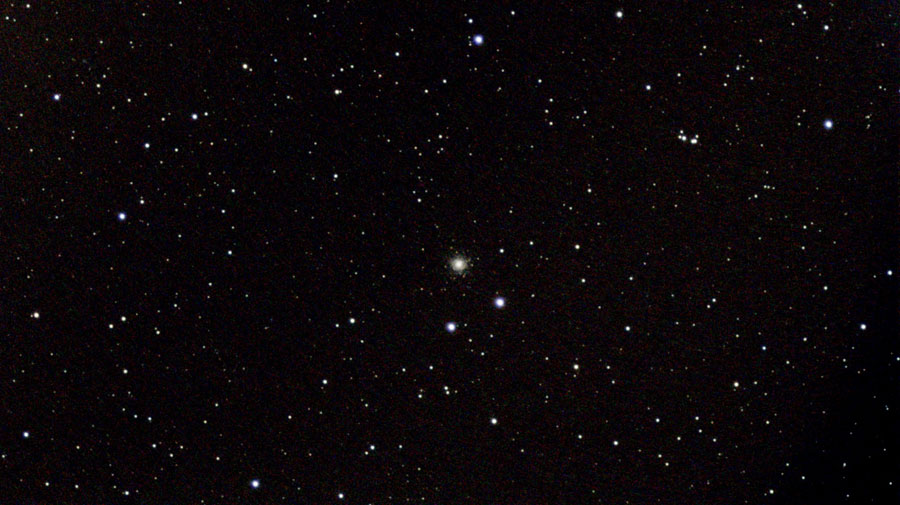 |
Small | |
| NGC 6633 | Ophiuchus | OC | 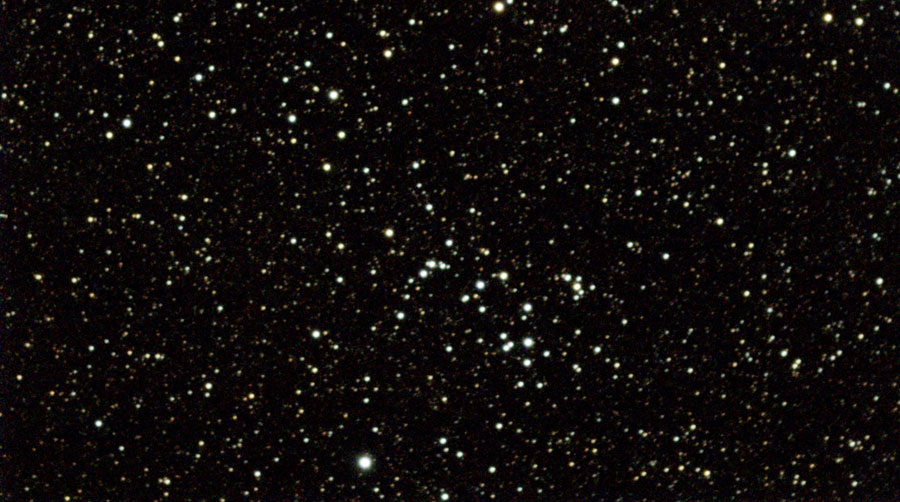 |
Only stars... | |
| NGC 6712 | Scutum | GC | 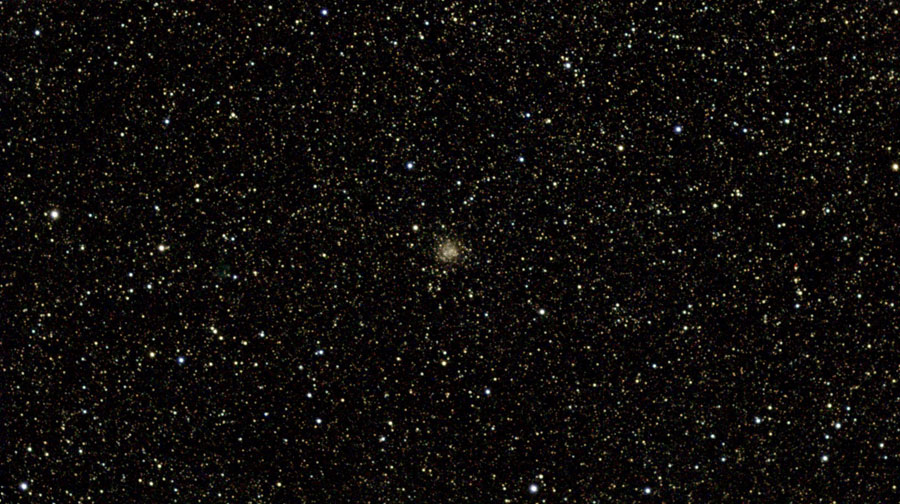 |
Not very large in the Vespera | |
| NGC 6888 | Crescent Nebula | Cygnus | GE | 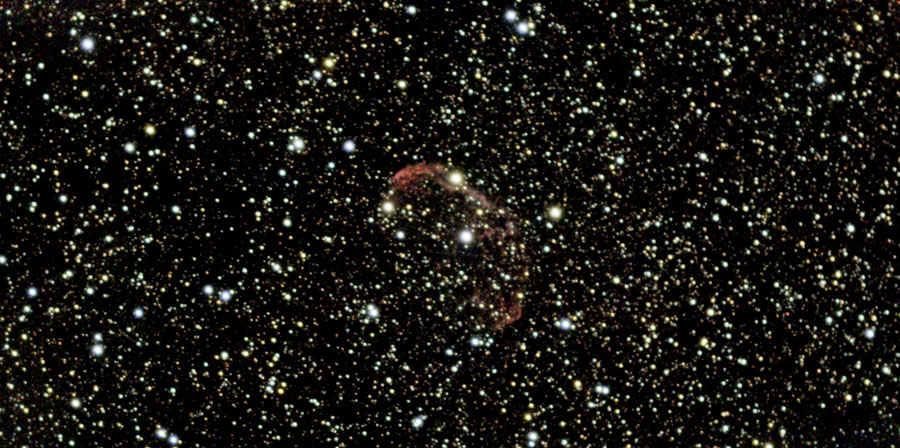 |
Nice, but faint |
| NGC 6934 | Delphinus | GC | 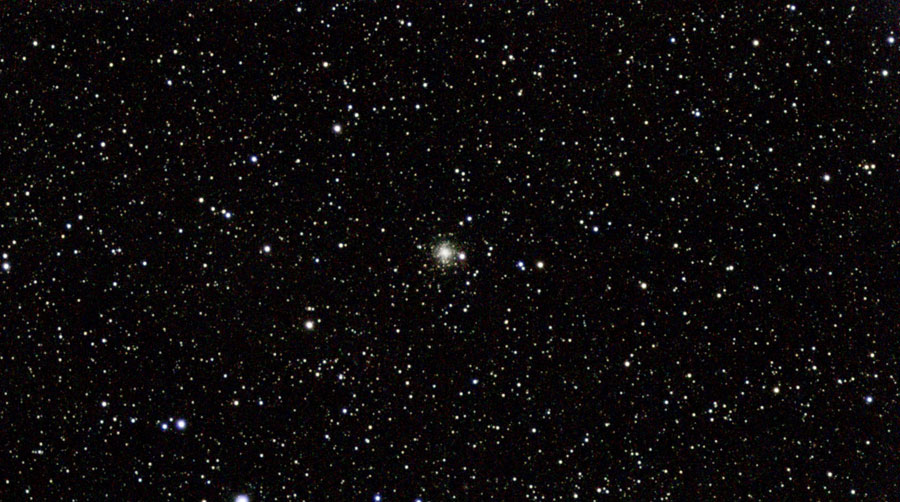 |
According to Stoyan hard to resolve; this is, however, possible with Vespera. | |
| NGC 6939 | Cepheus | OC | 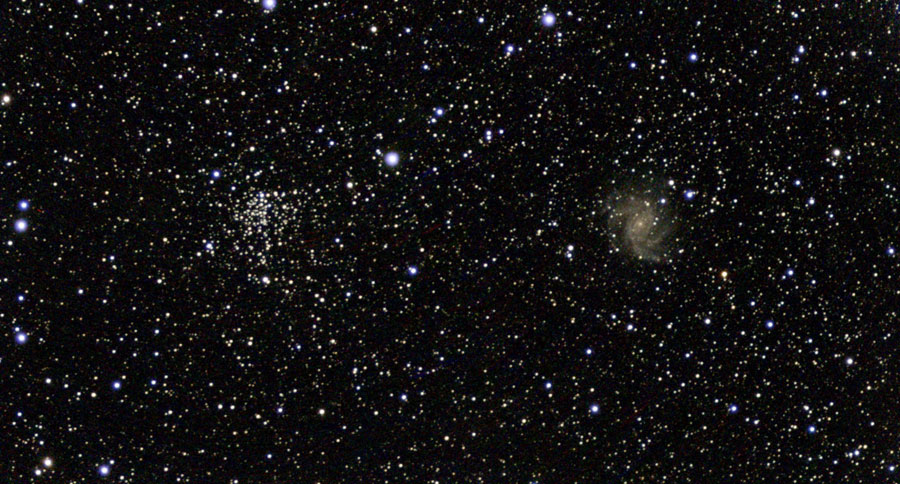 |
Together in FOV with NGC 6946 with Vespera | |
| NGC 6946 | Fireworks Galaxy | Cepheus | G |  |
Face-on galaxy; can be observed together with NGC 6939 with Vespera |
| NGC 6960 | Western Cirrus Nebula | Cygnus | GN/SR | 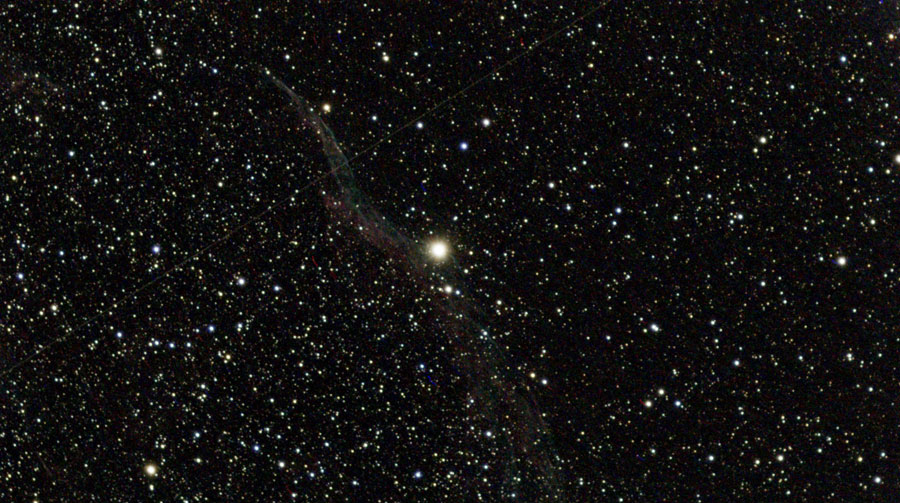 |
Only partly visible; together with NGC 6992/5 as a mosaic (do not quite fit the frame). Together with NGC 6992/5 a supernova remnant. |
| NGC 6992/5 | Eastern Cirrus Nebula | Cygnus | GN/SR | 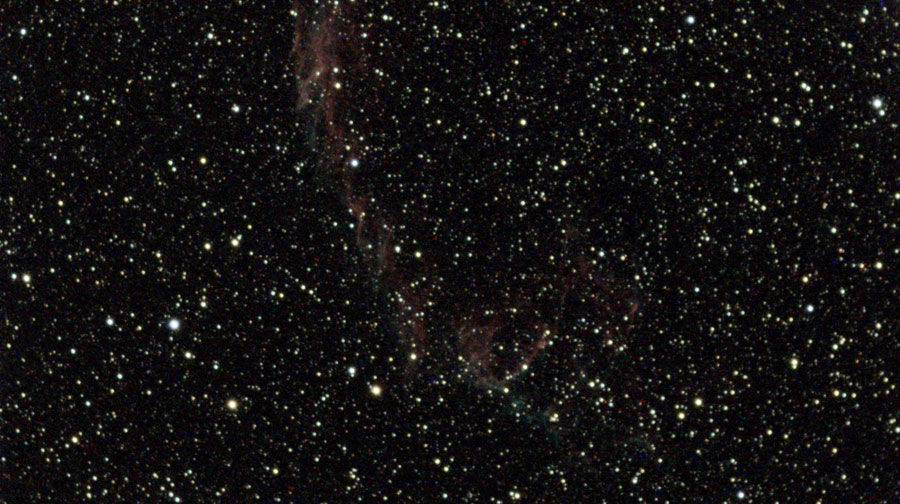 |
Only partly visible; together with NGC 6960 as a mosaic (do not quite fit the frame). Together with NGC 6960 a supernova remnant. |
| NGC 7000 | North America Nebula | Cygnus | GN | 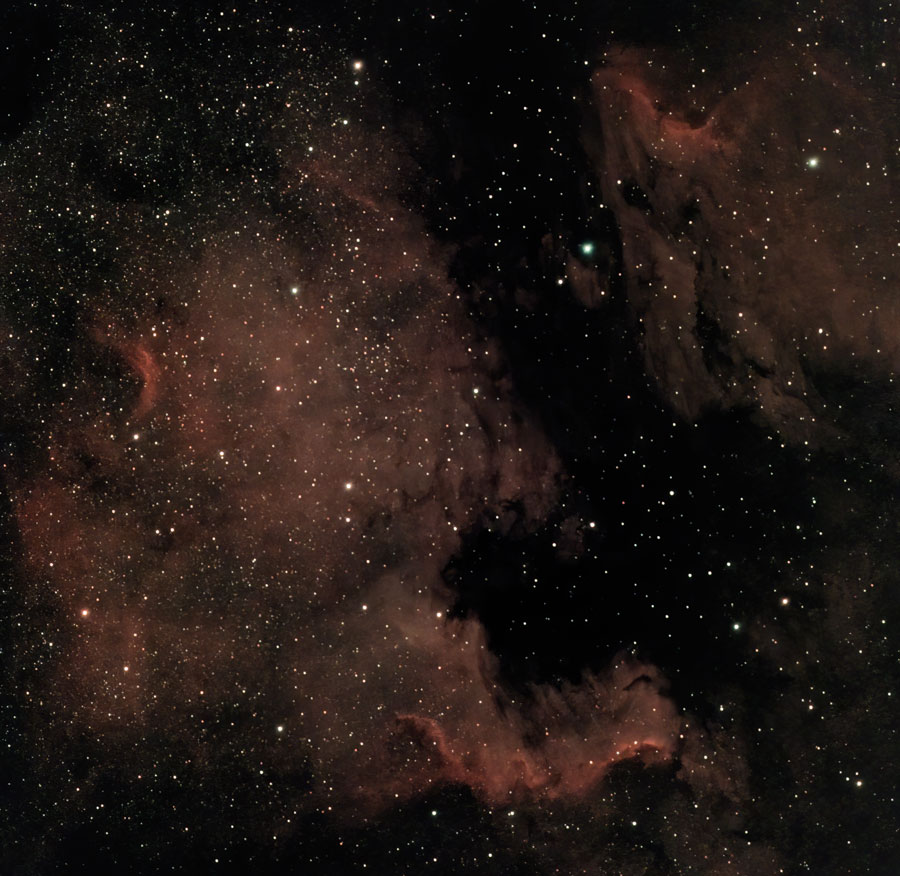 |
Only partly visible; together with IC 5070 as a mosaic |
| NGC 7023 | Iris Nebula | Cepheus | GN | 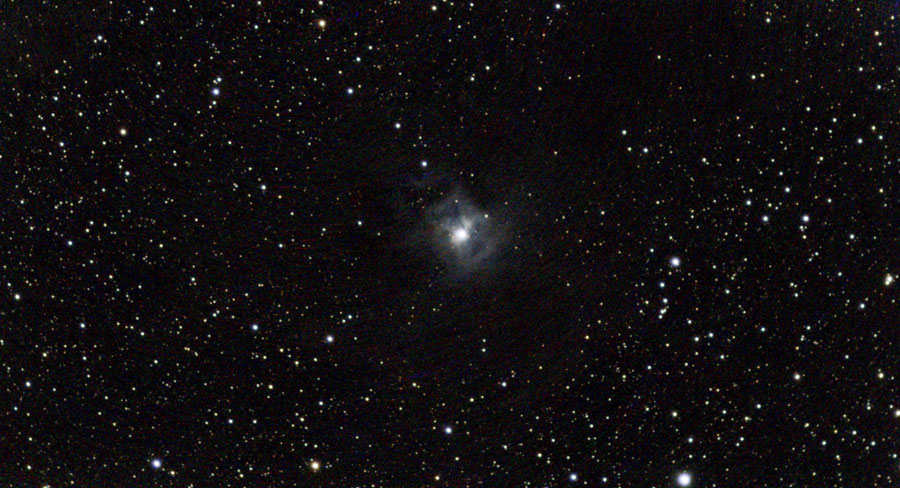 |
NGC 7023 is the name of an open star cluster containing the Iris Nebula. The Iris Nebula is a reflection nebula illuminated by a central star. Nice... |
| NGC 7293 | Helix Nebula | Aquarius | PN | 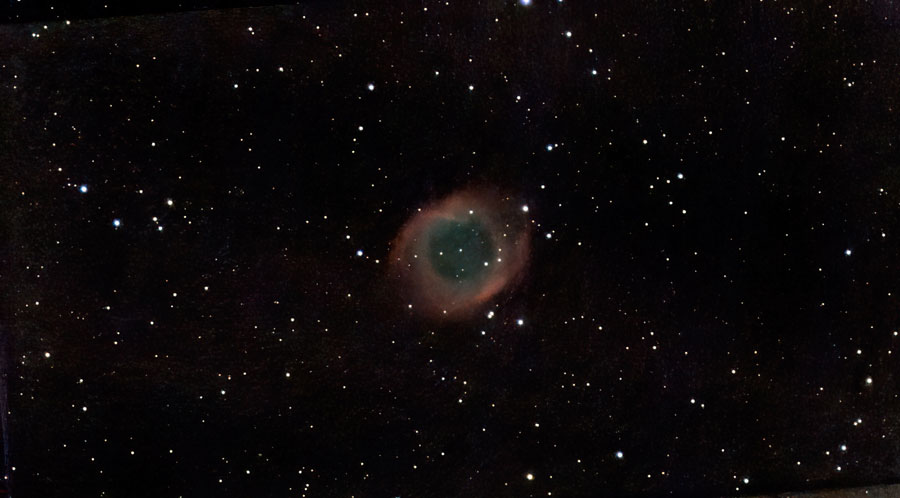 |
Large, faint |
| NGC 7317 | Stephan's Quintet | Pegasus | GaC | 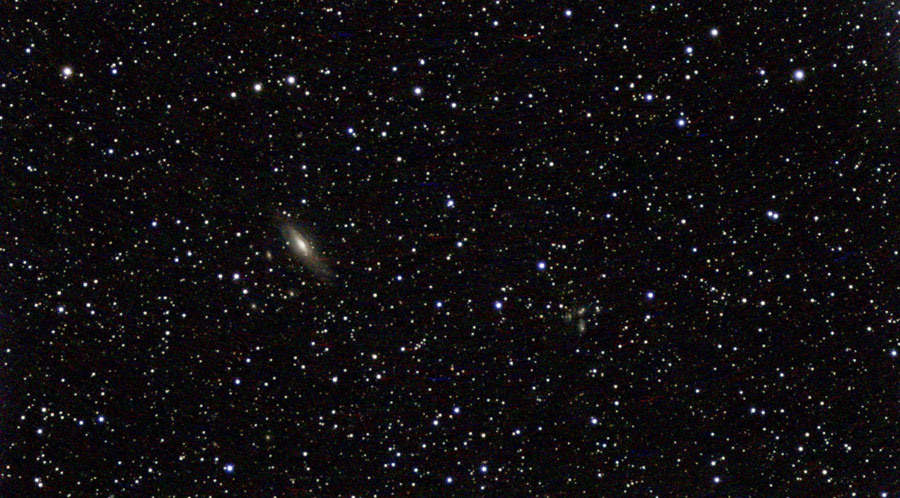 |
Close to galaxy NGC 7331; together in FOV with Vespera |
| NGC 7331 | With NGC 7335, NGC 7336, NGC 7337, and NGC 7340 | Pegasus | G |  |
Close to Stephan's Quintet NGC 7317; together in FOV with Vespera |
| NGC 7380 | Wizard Nebula/Cluster | Cepheus | GN/OC |  |
A star formation region that contains the young open star cluster NGC 7380 |
| NGC 7635 | Bubble Nebula | Cassiopeia | GN |  |
Is located close to the open star cluster M 52; both can be seen together with Vespera |
| NGC 7789 | Caroline's Rose Cluster, White Rose Cluster | Cassiopeia | OC | 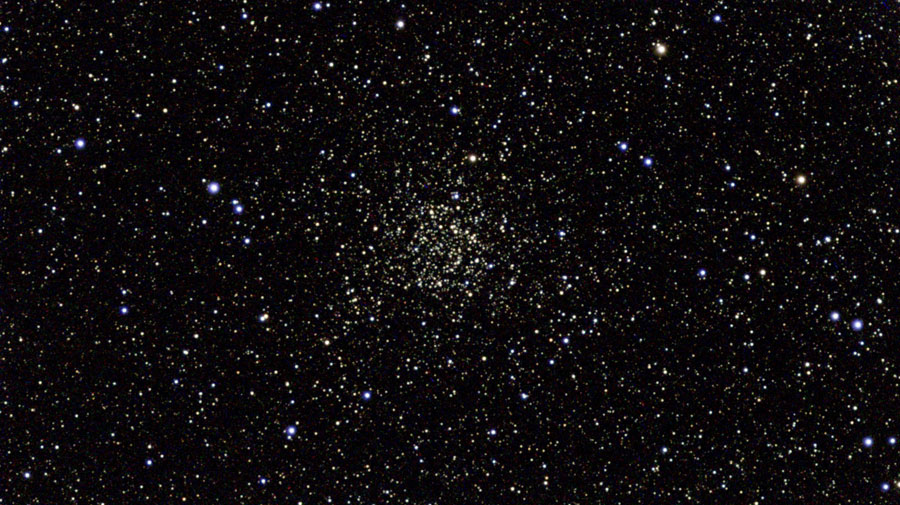 |
Nice, many stars |
| Moon | M | 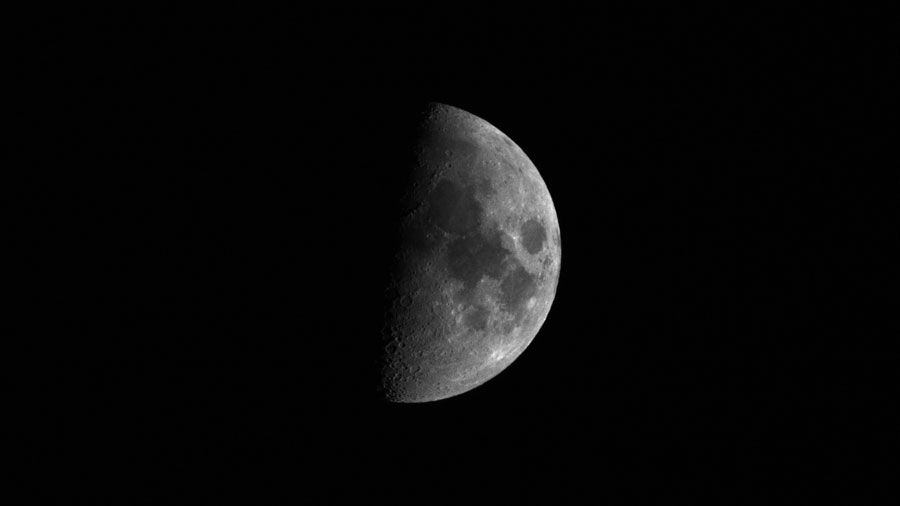 |
Half moon | ||
| Sun | S | 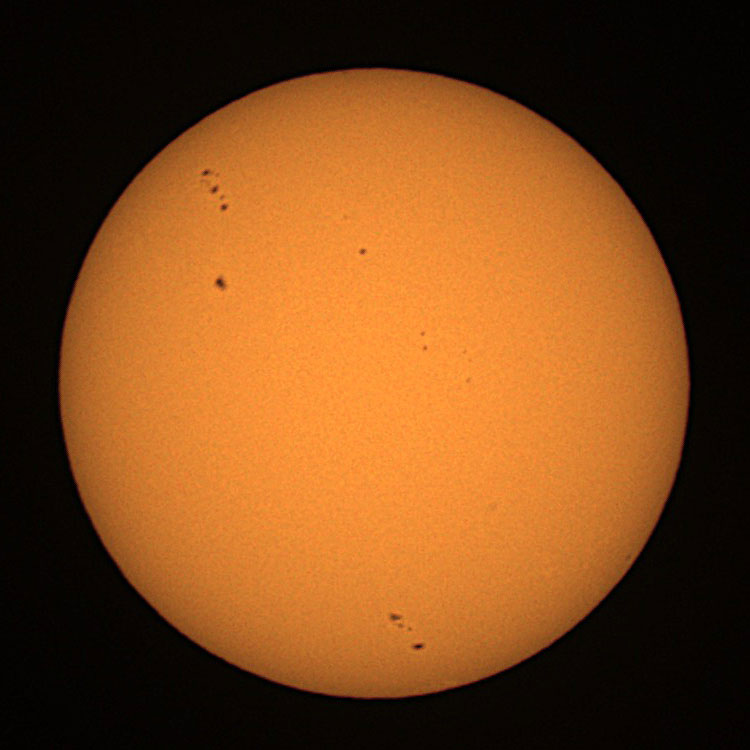 |
With small sun spots |
G = galaxy, GaC = galaxy cluster, OC = open star cluster, GC = globular star cluster, GN = galactic nebula, GE = galactic emission nebula, GR = galactic reflection nebula, DN = dark nebula, C = comet, PN = planetary nebula, SP = star pattern, SC = star cloud, SR = supernova remnant, HII = HII region (emission nebula in other galaxies), P = planet, M = moon
References
Books
- Michael Feiler & Philip Novak (2023). Deep Sky Reiseatlas (5th edition), Oculum Verlag (ISBN 978-3-949370-04-5)
www.oculum-verlag.de/detailview?no=608 - Ronald Stoyan (2021). Deep Sky Reiseführer (6th edition), Oculum Verlag (ISBN 978-3-938469-72-9)
www.oculum-verlag.de/detailview?no=603 - Erich Karkoschka (2022). Atlas für Himmelsbeobachter, Kosmos Verlag (EAN: 9783440173602)
www.kosmos.de/de/atlas-fur-himmelsbeobachter_1074889_9783440173602
On this Website
| 21.09.2025 |